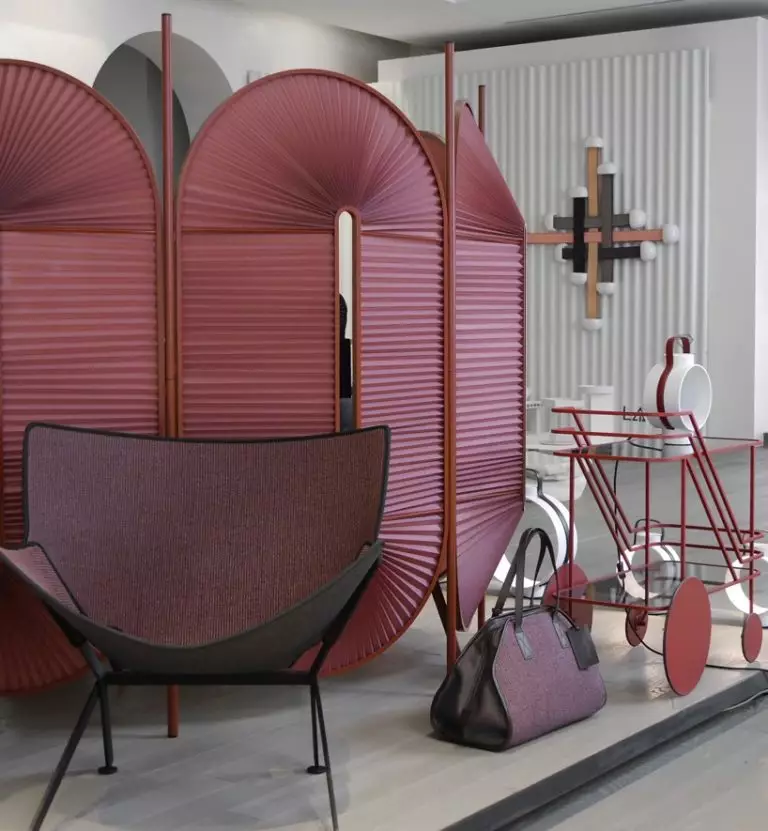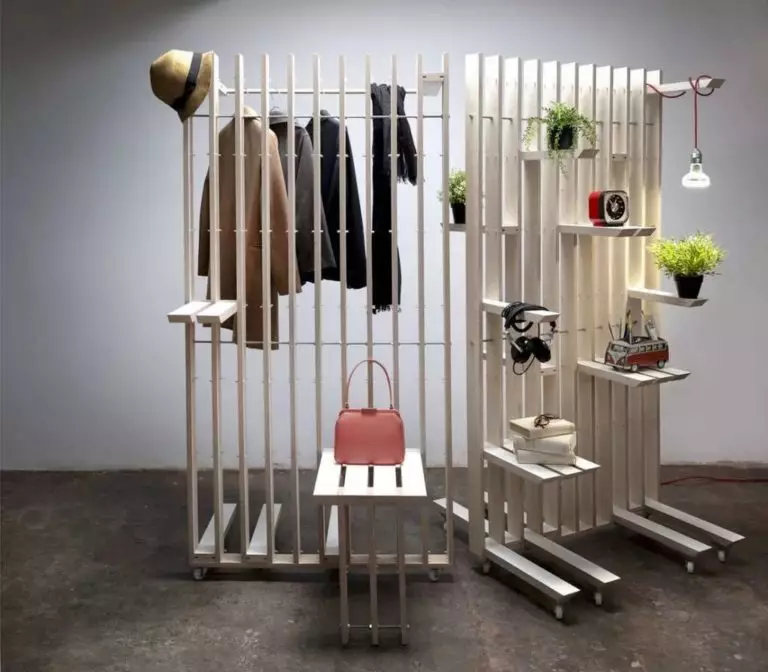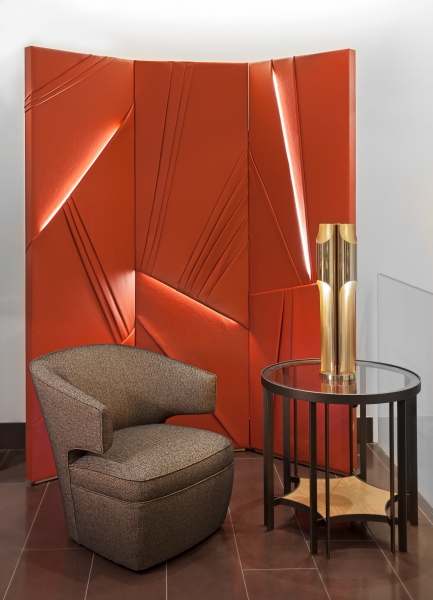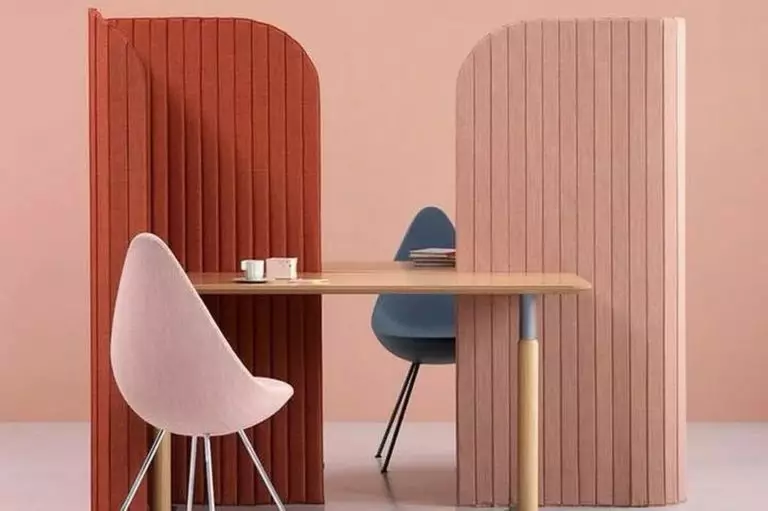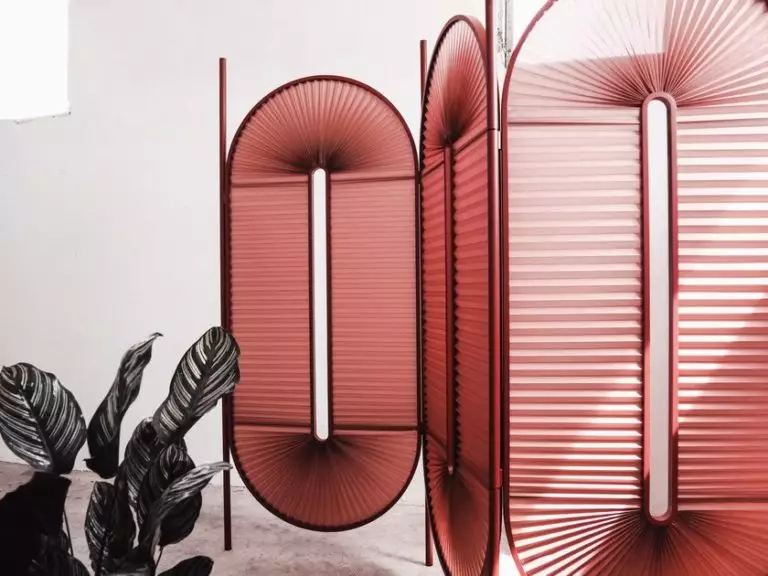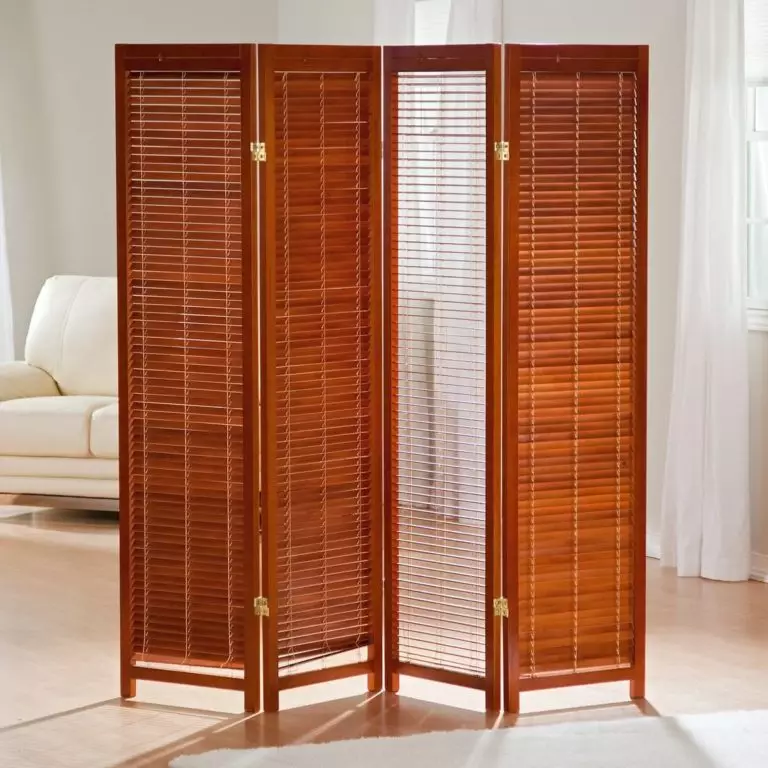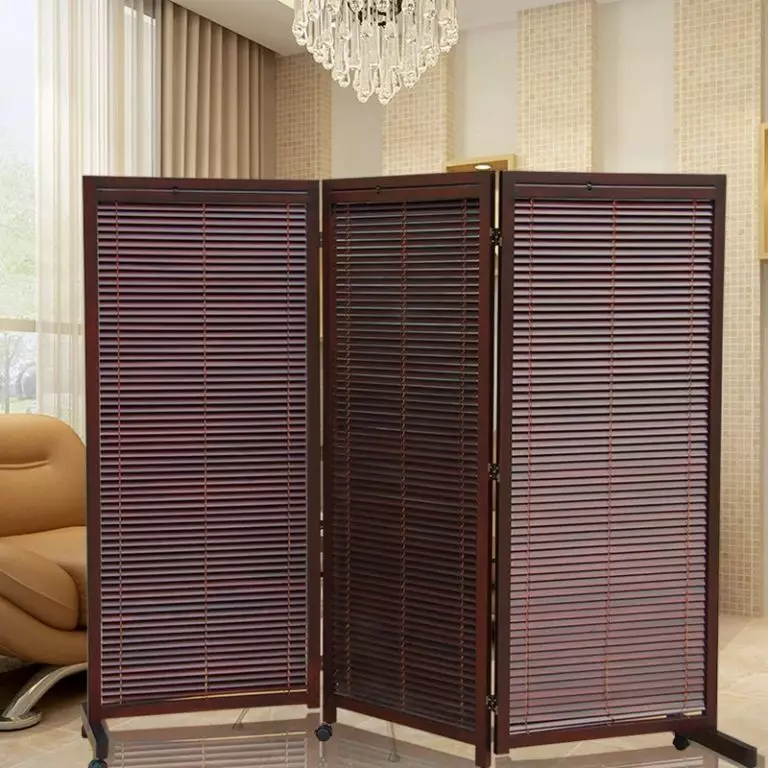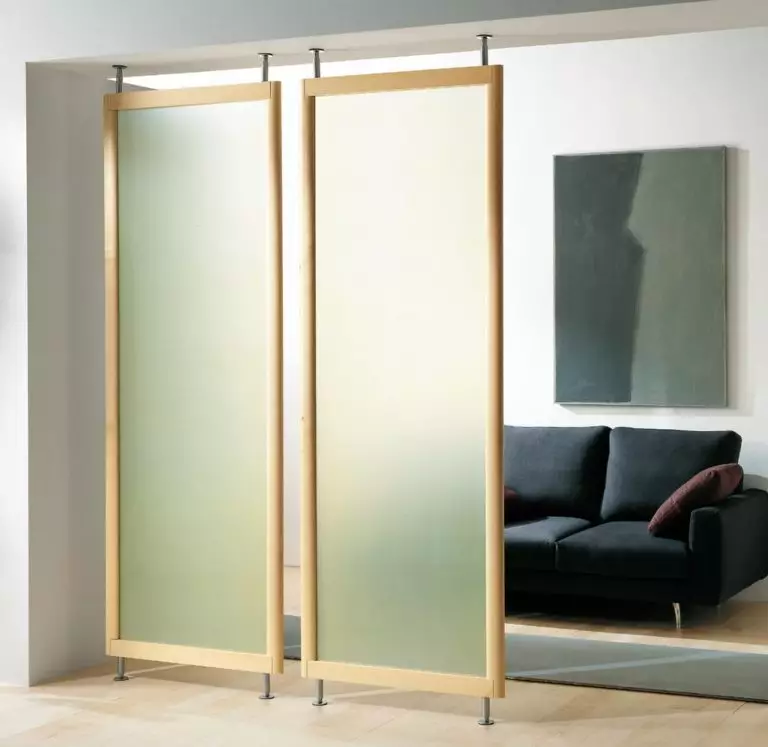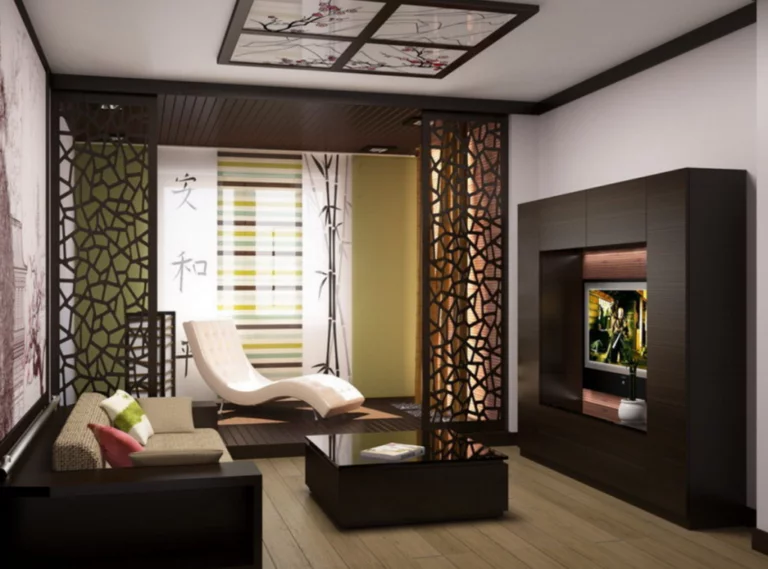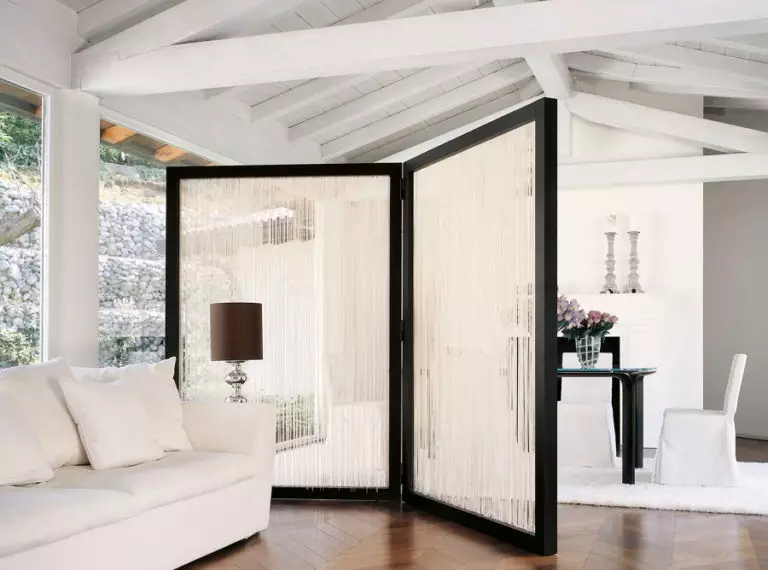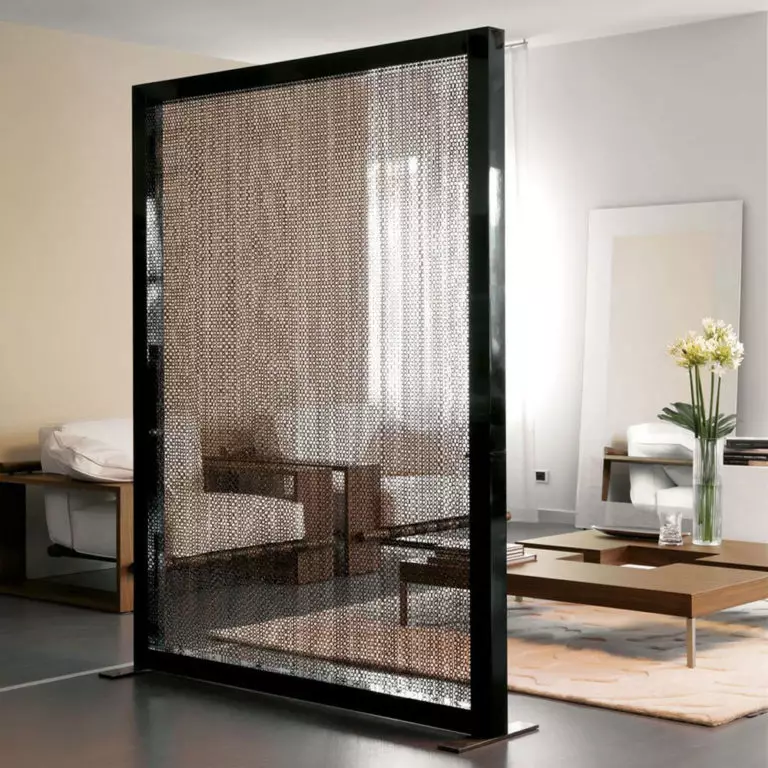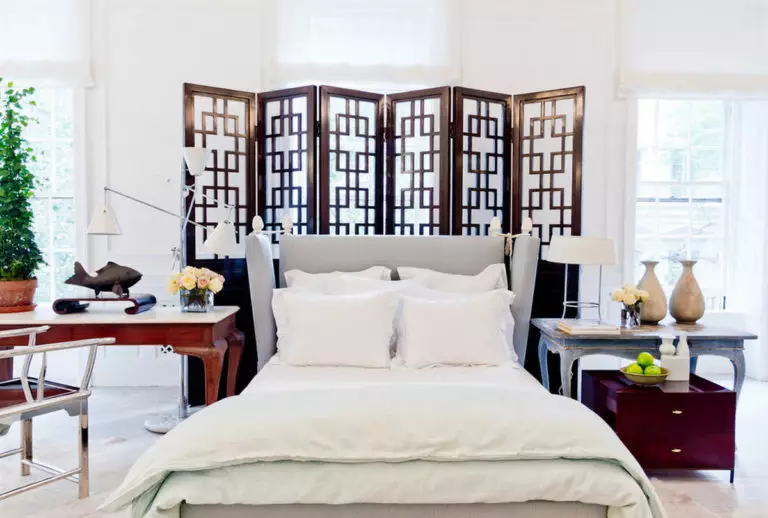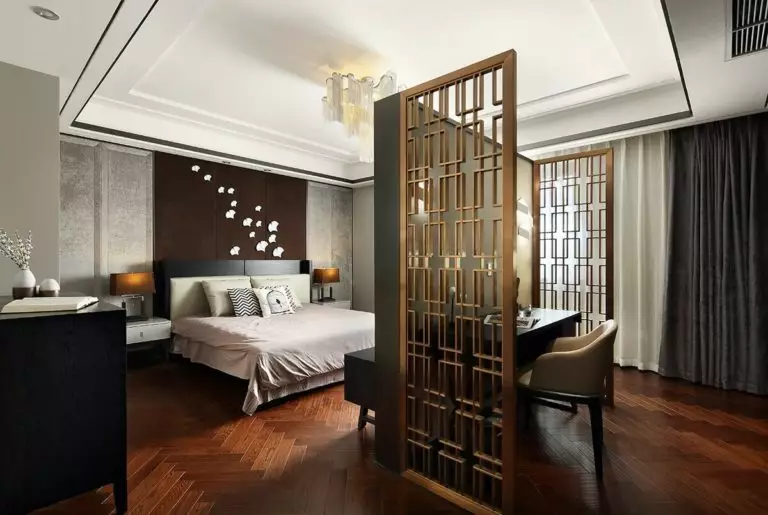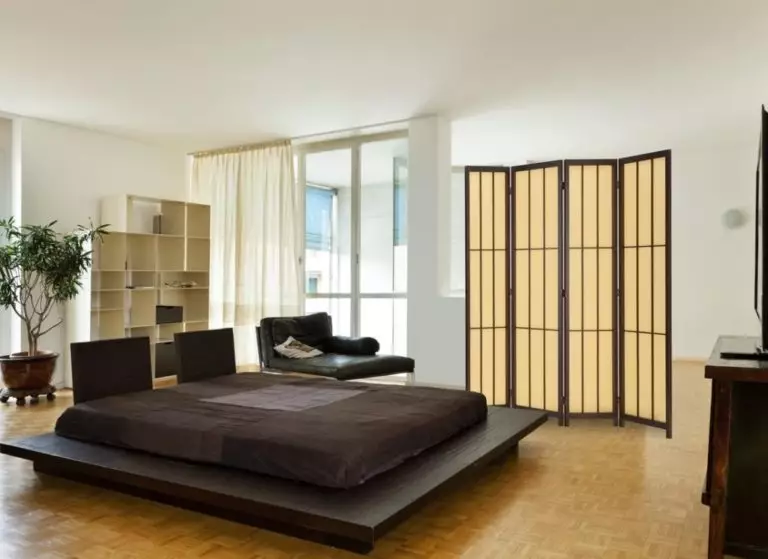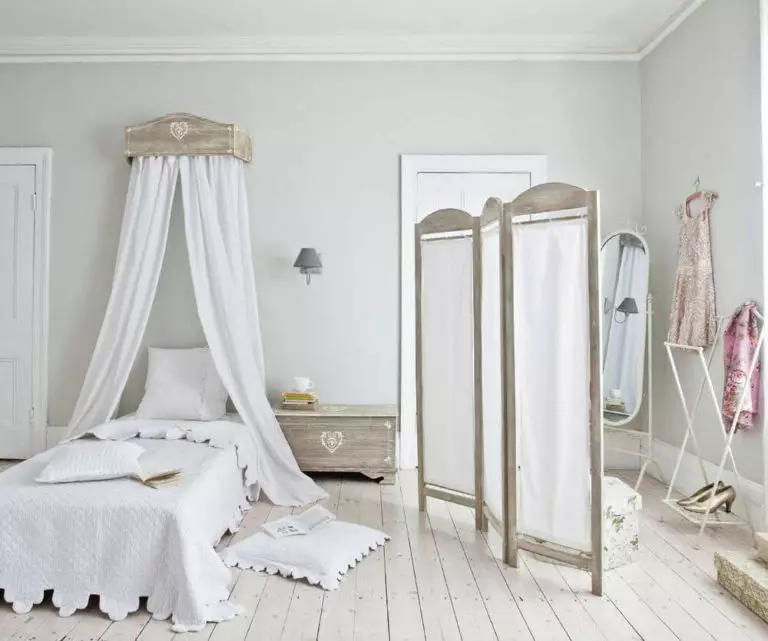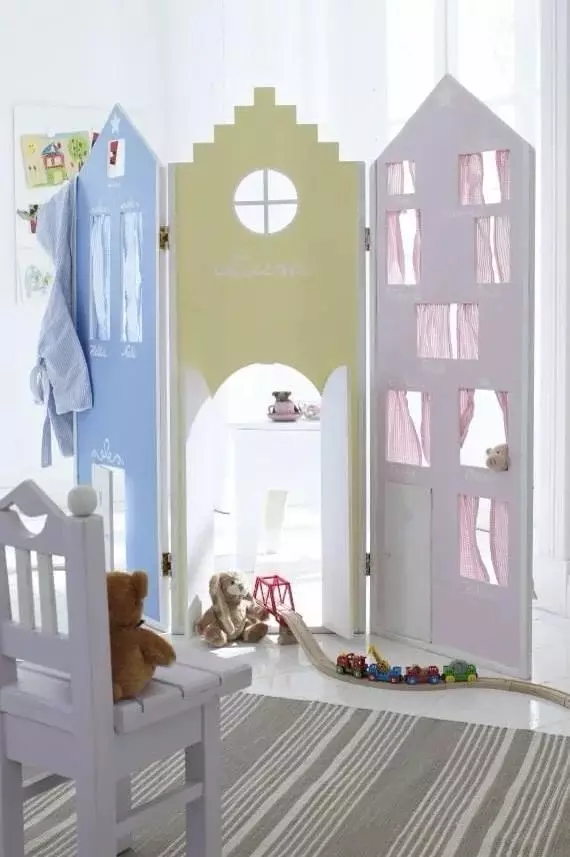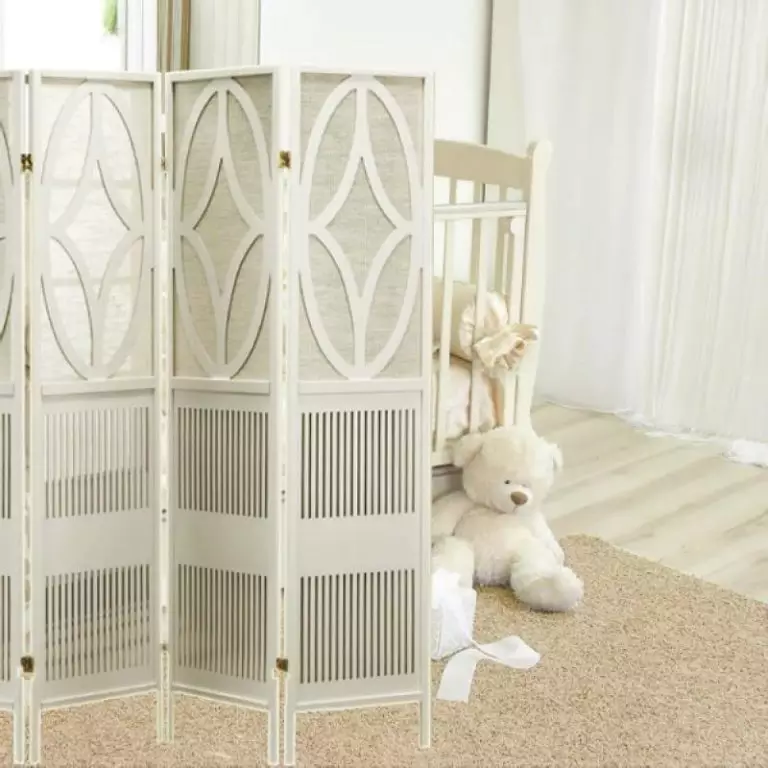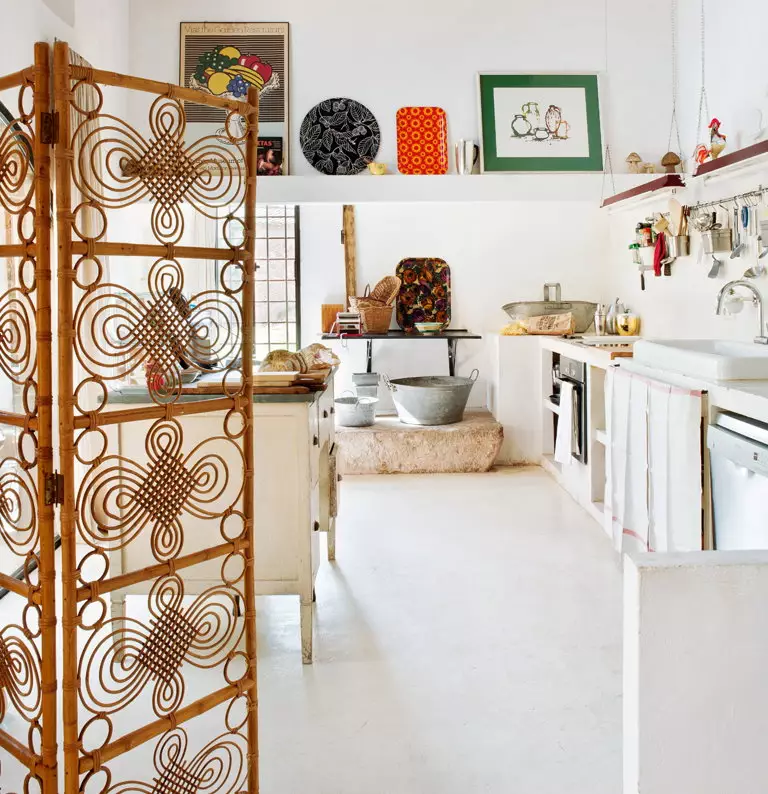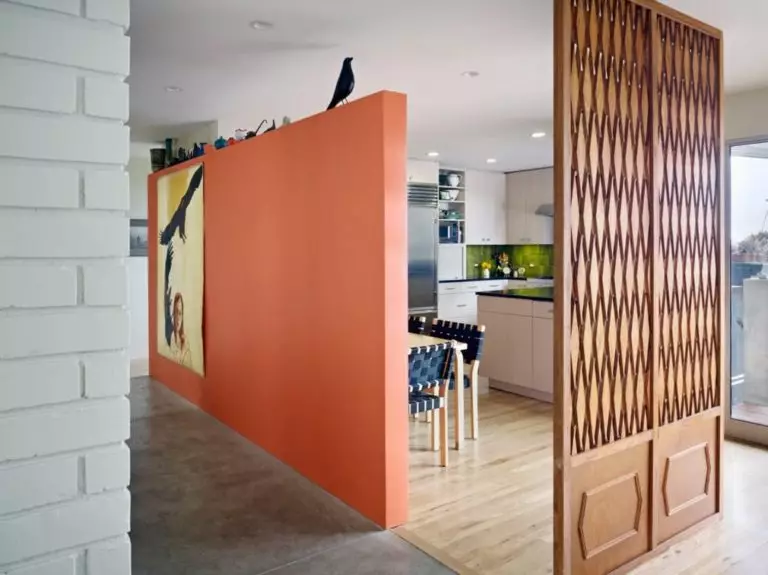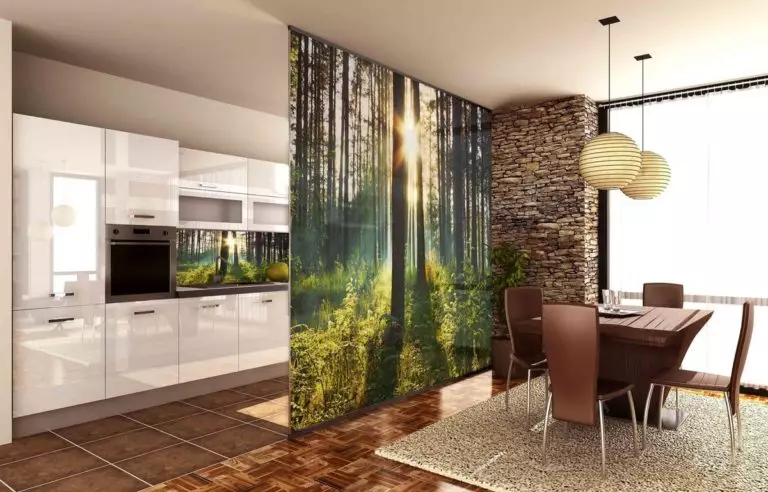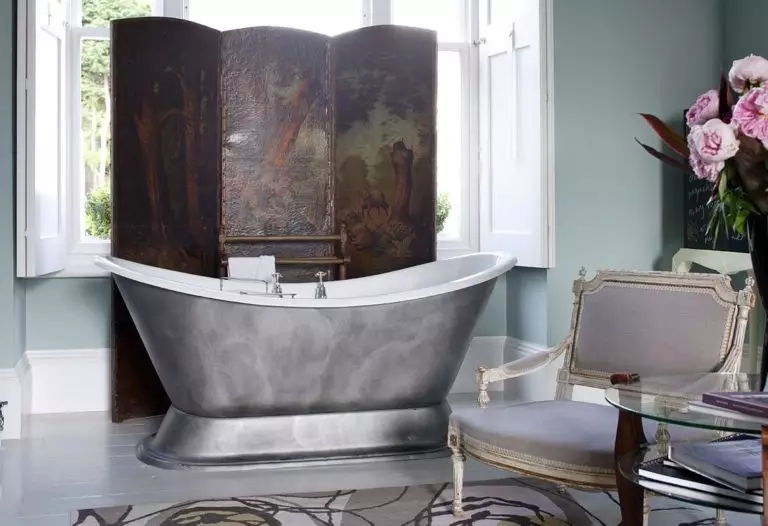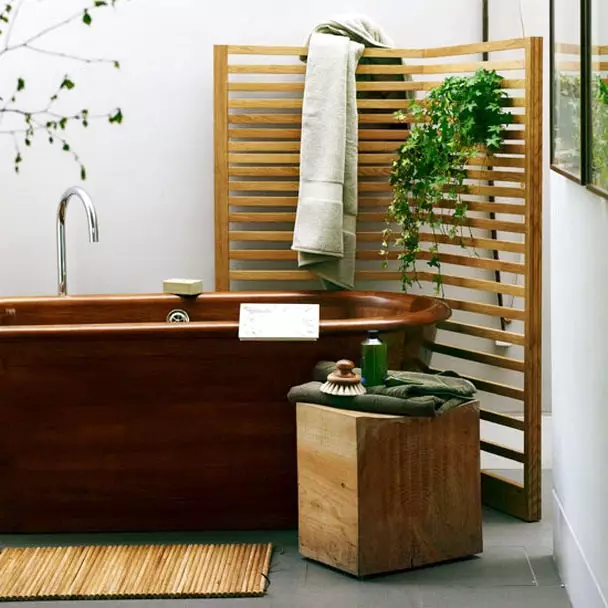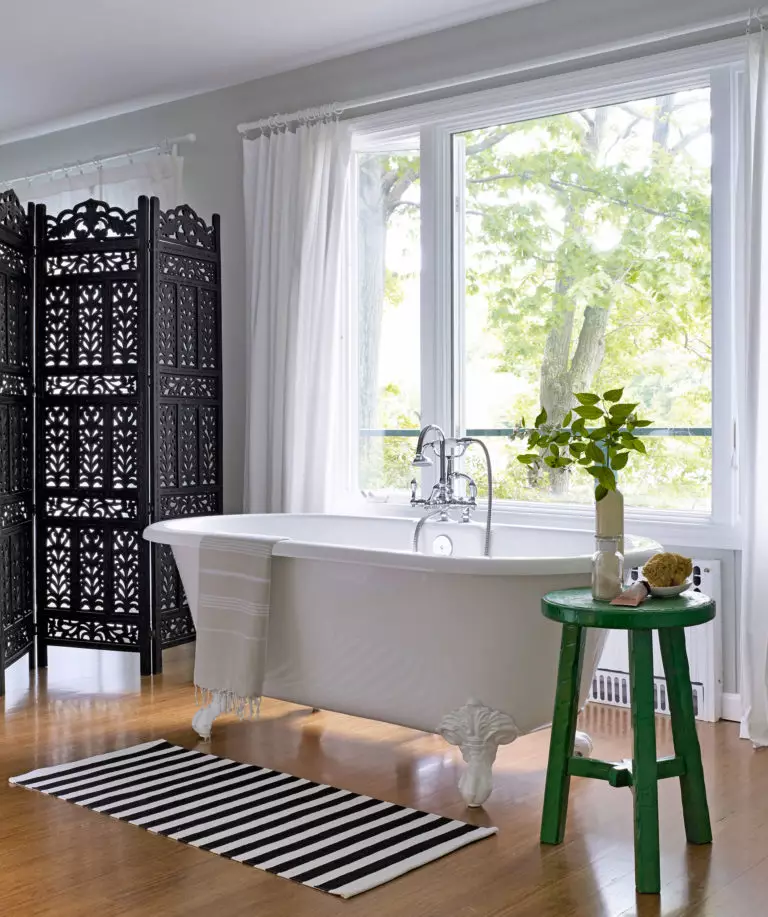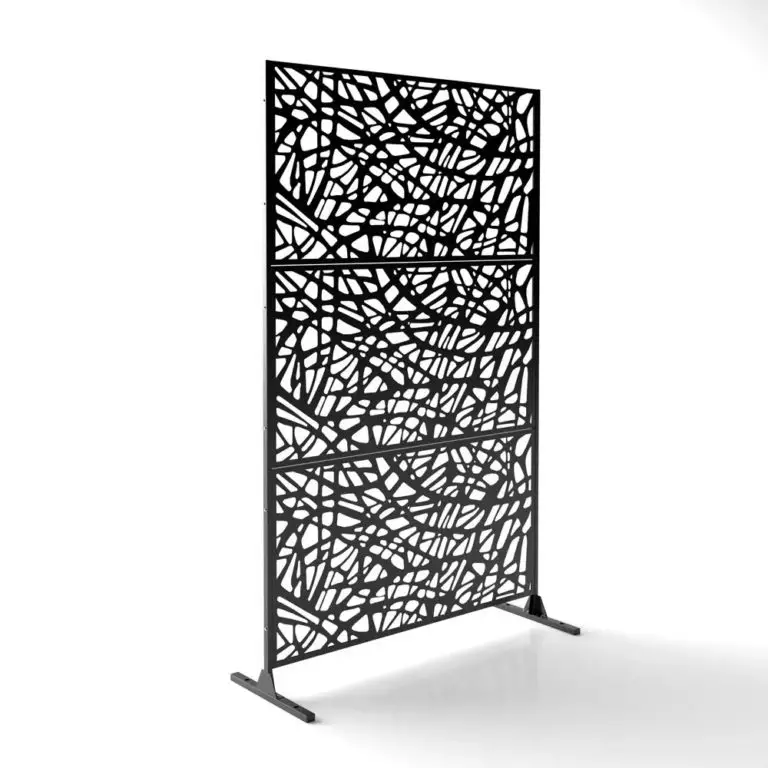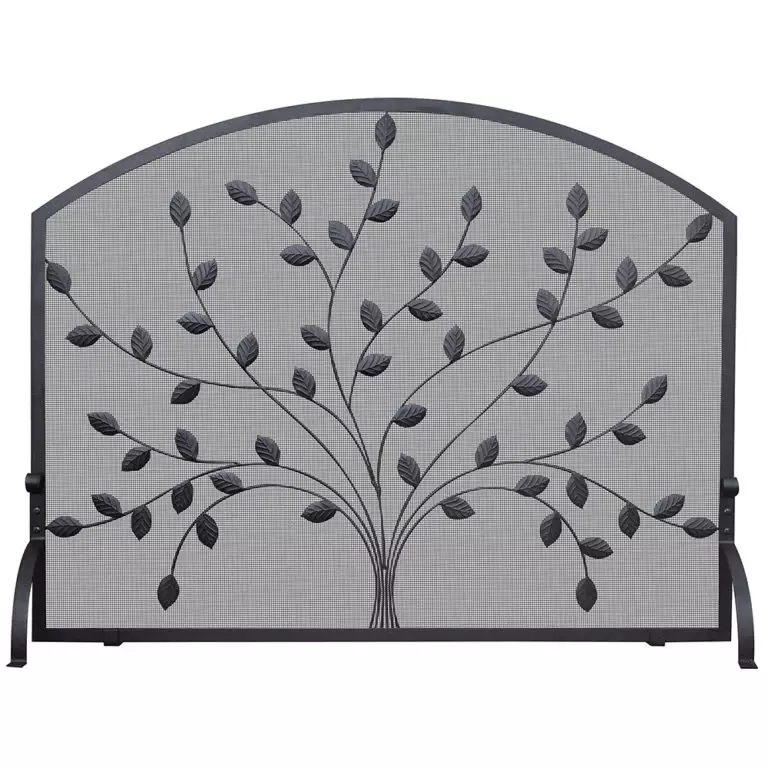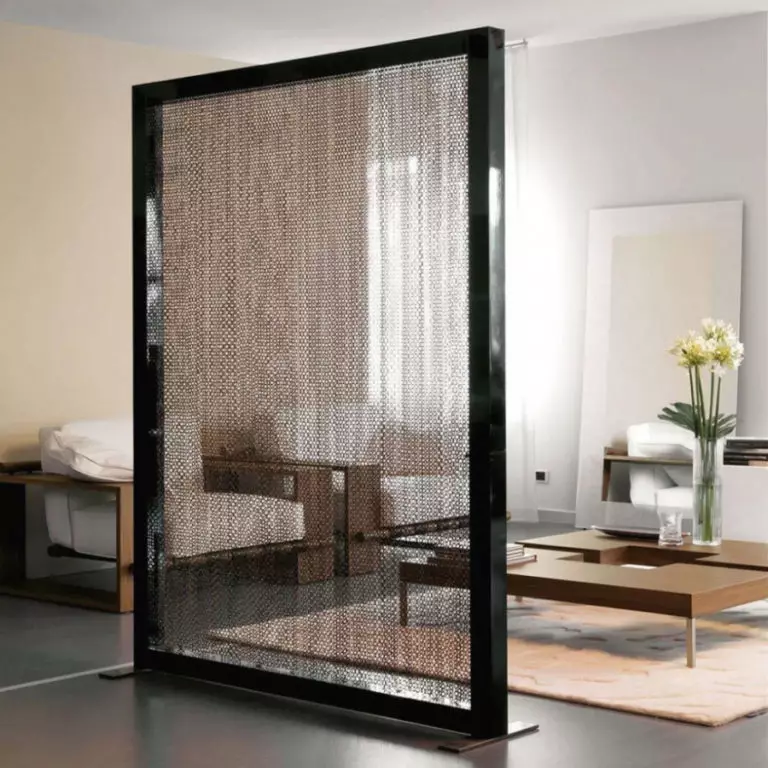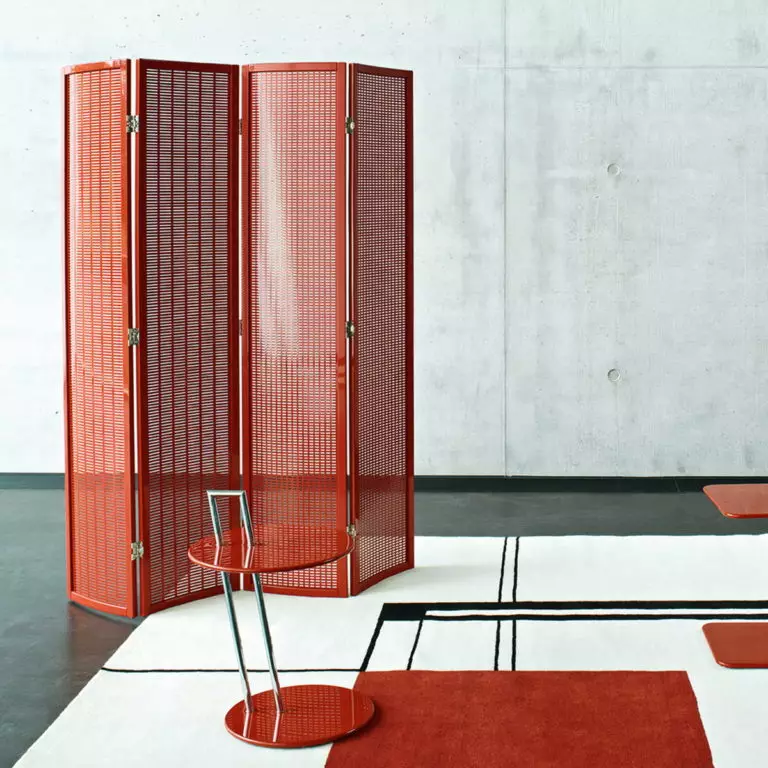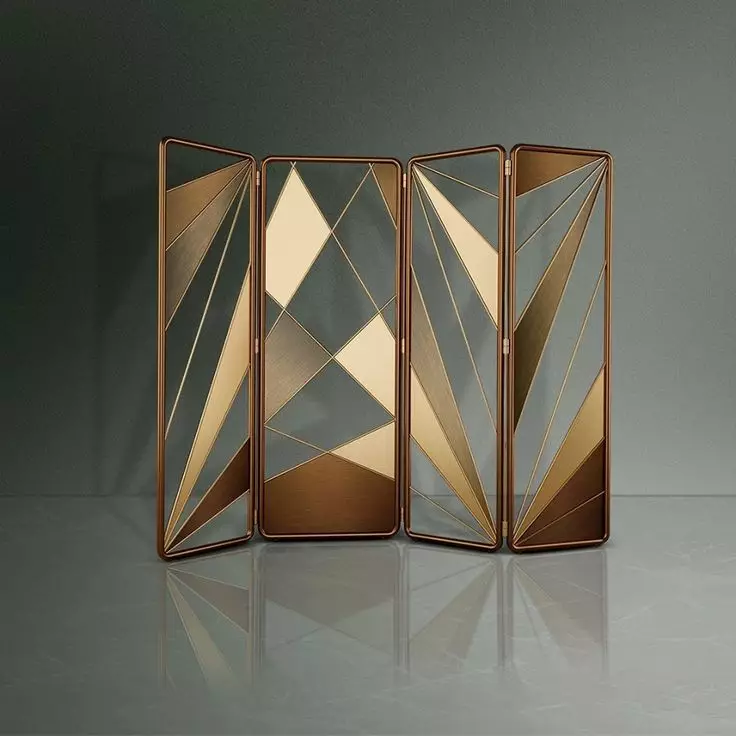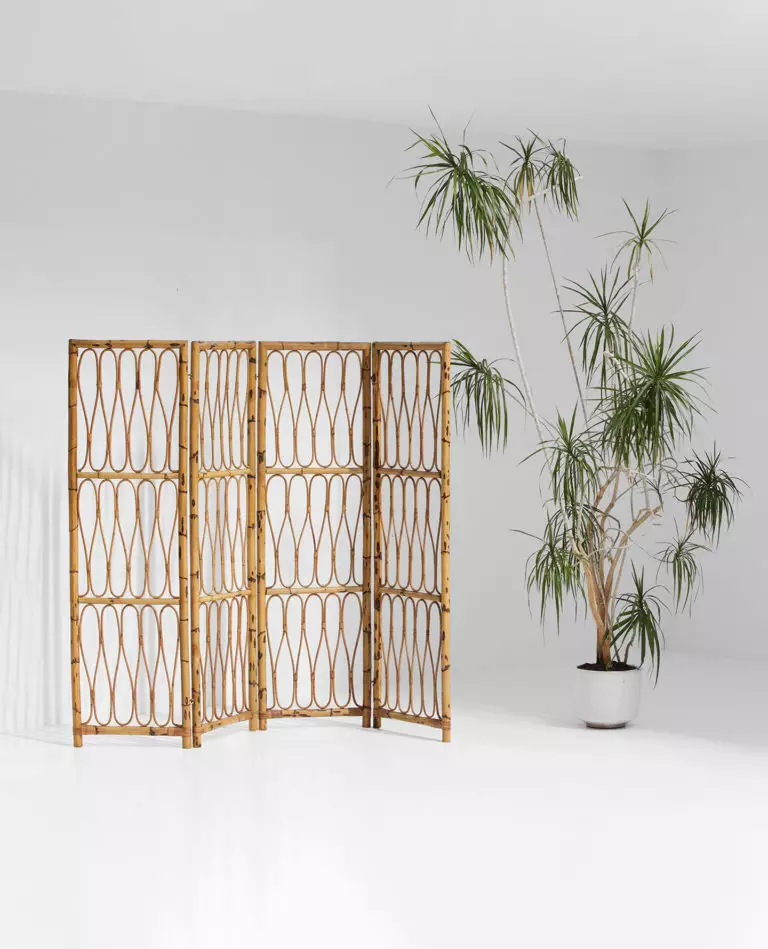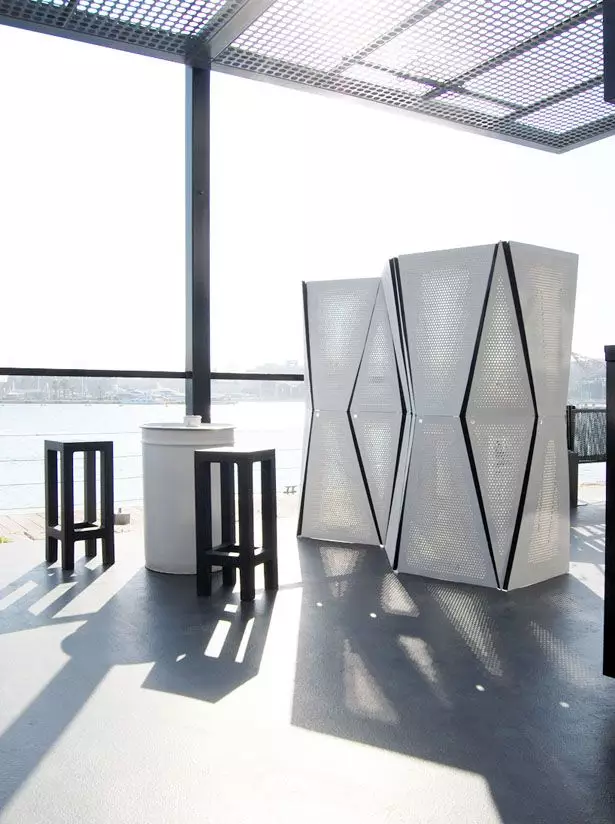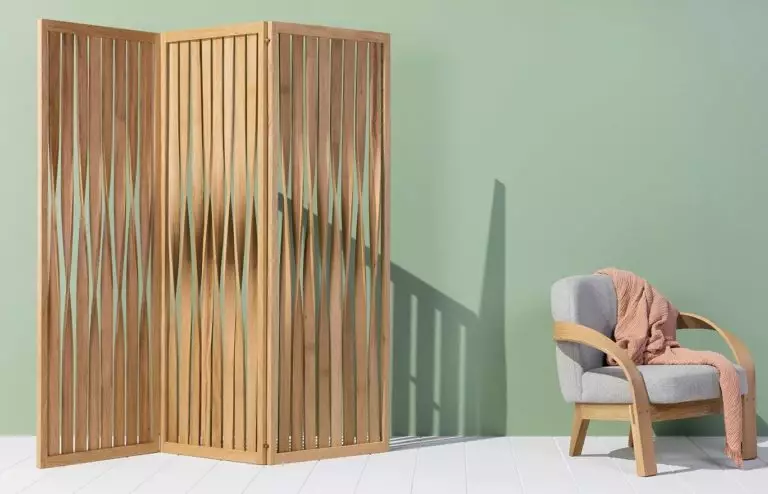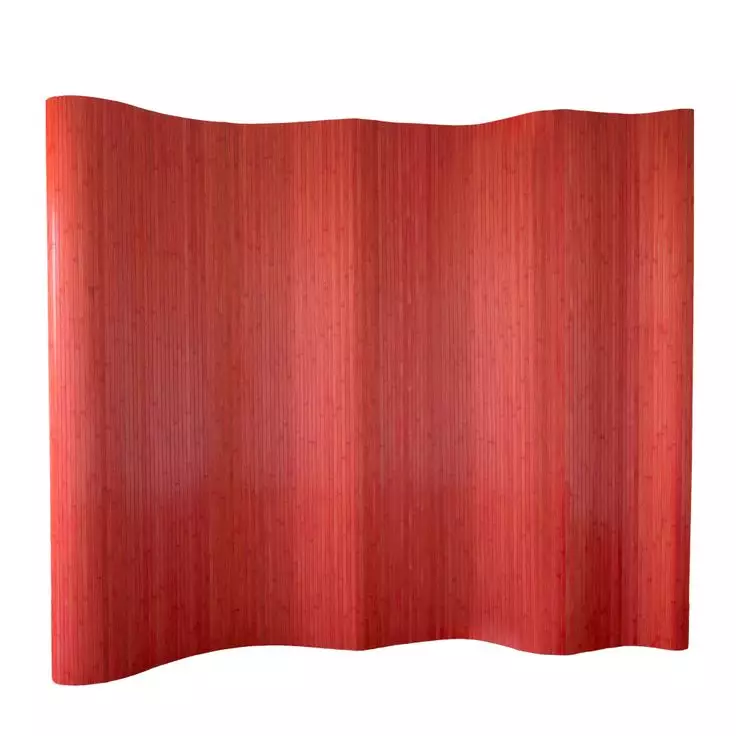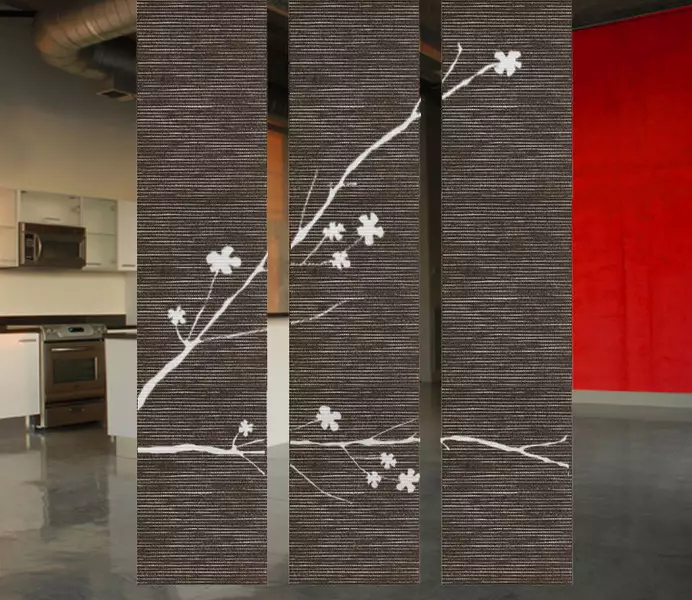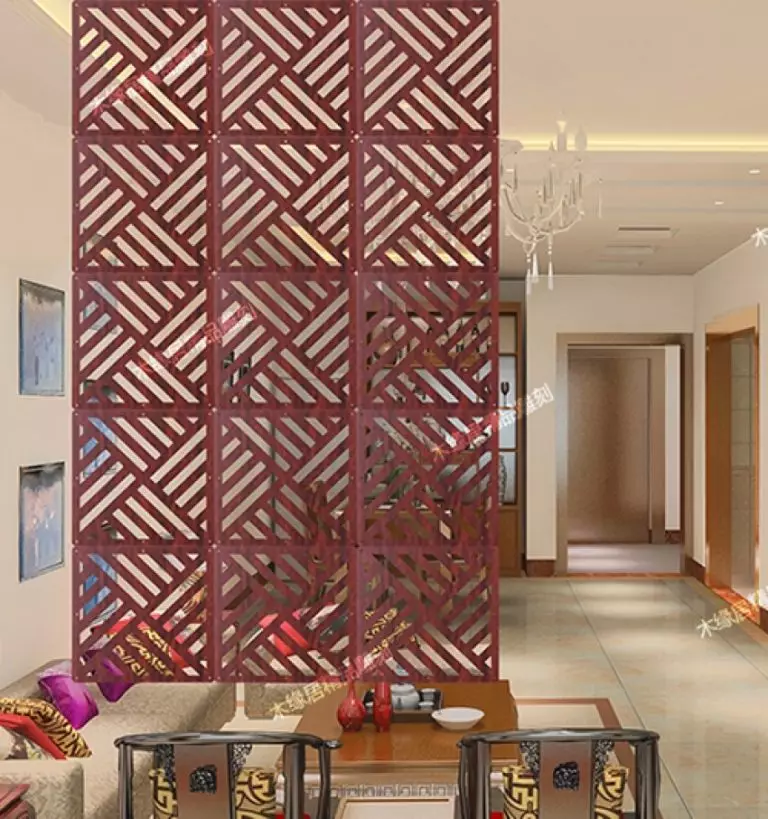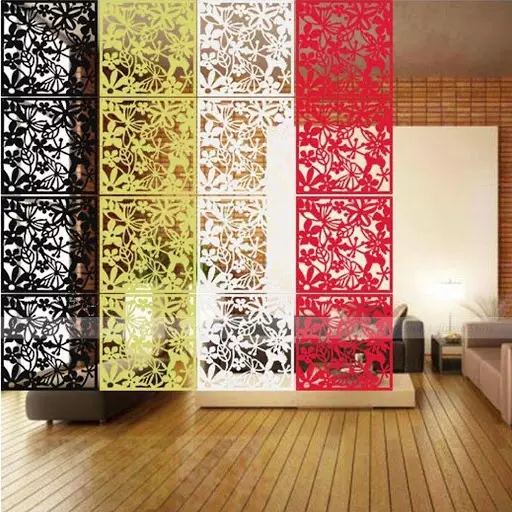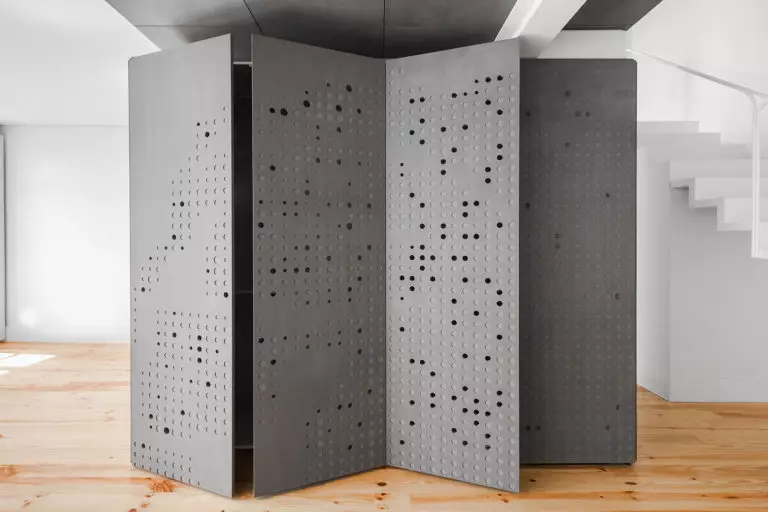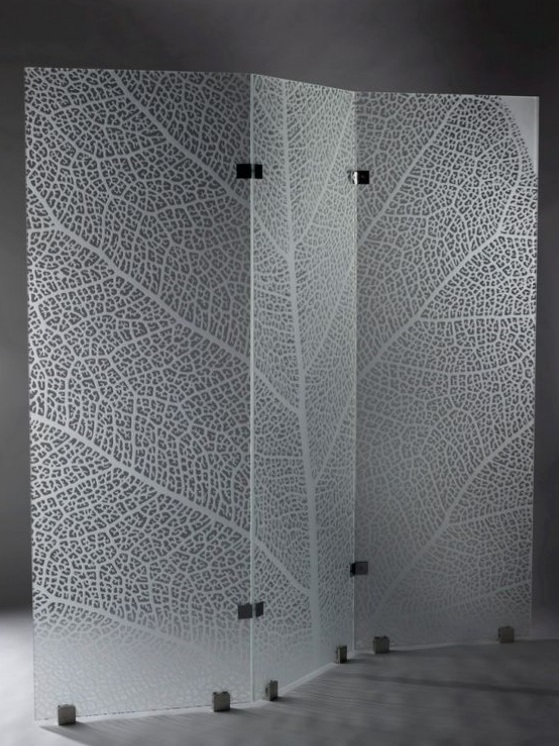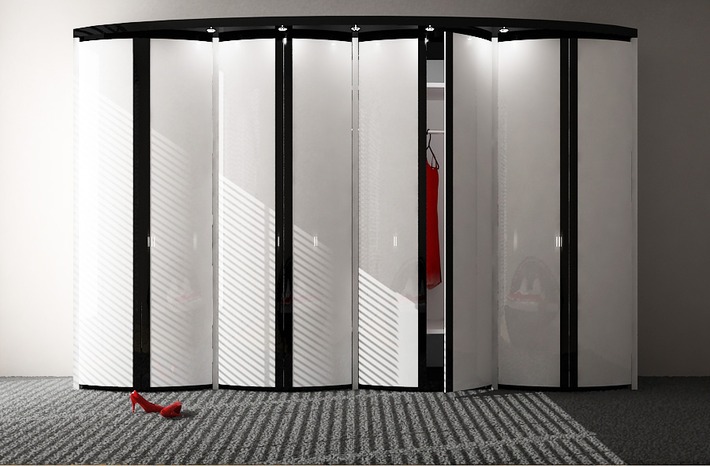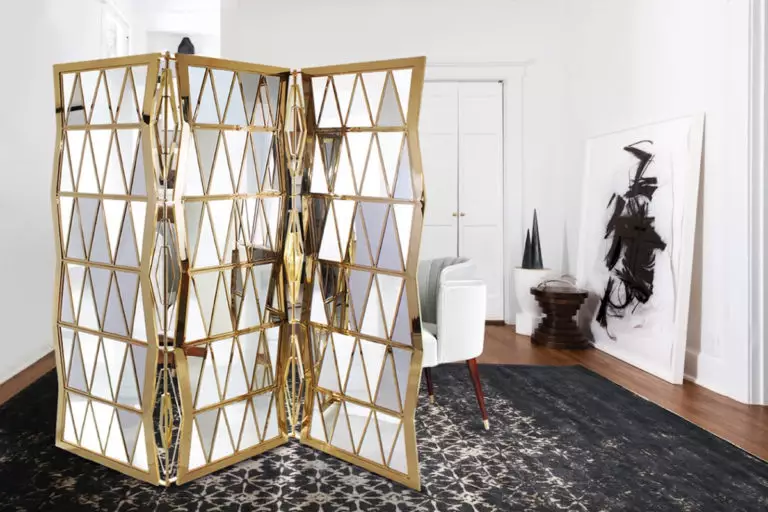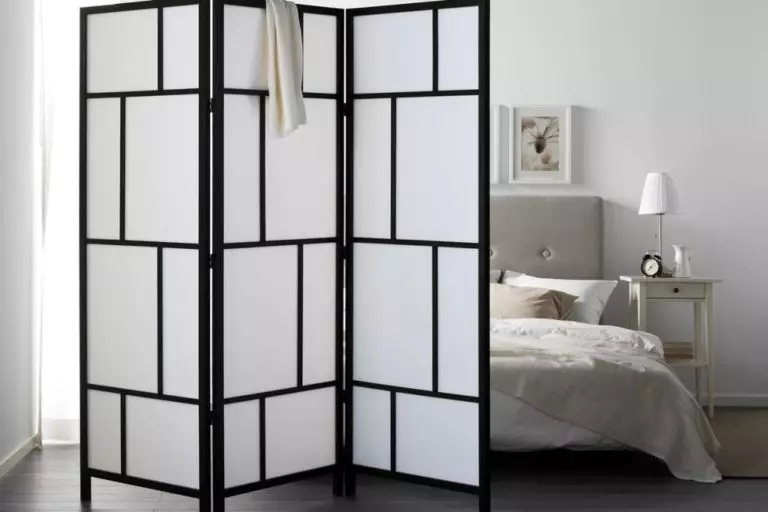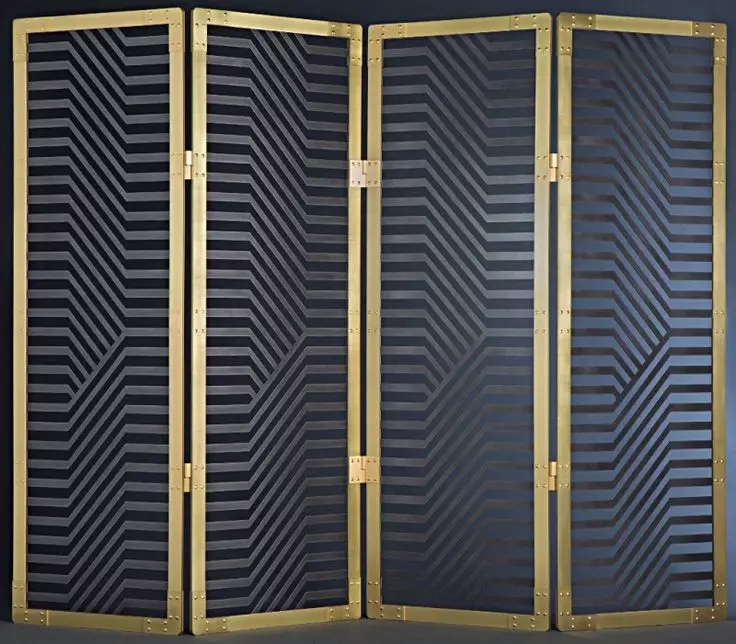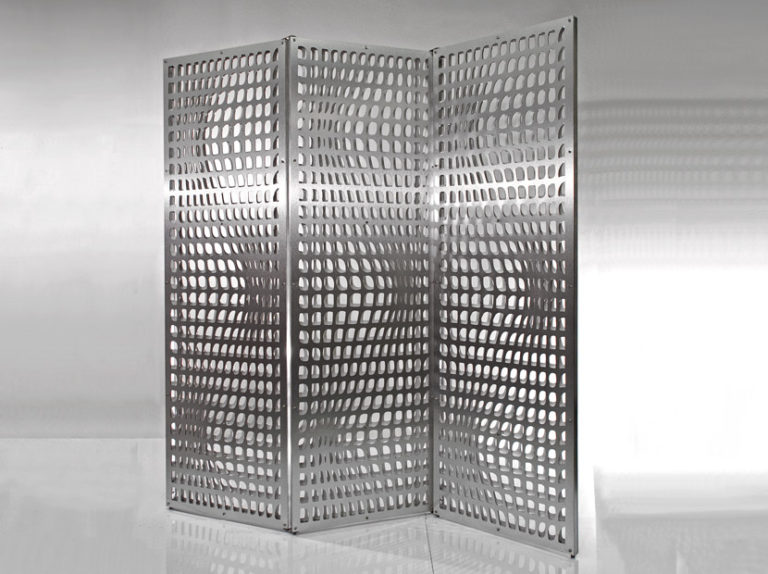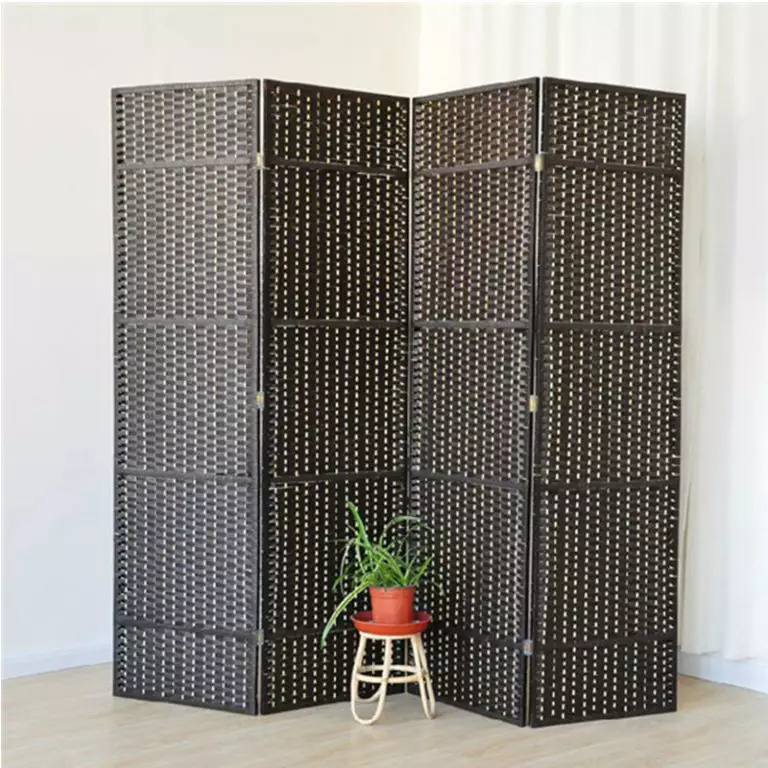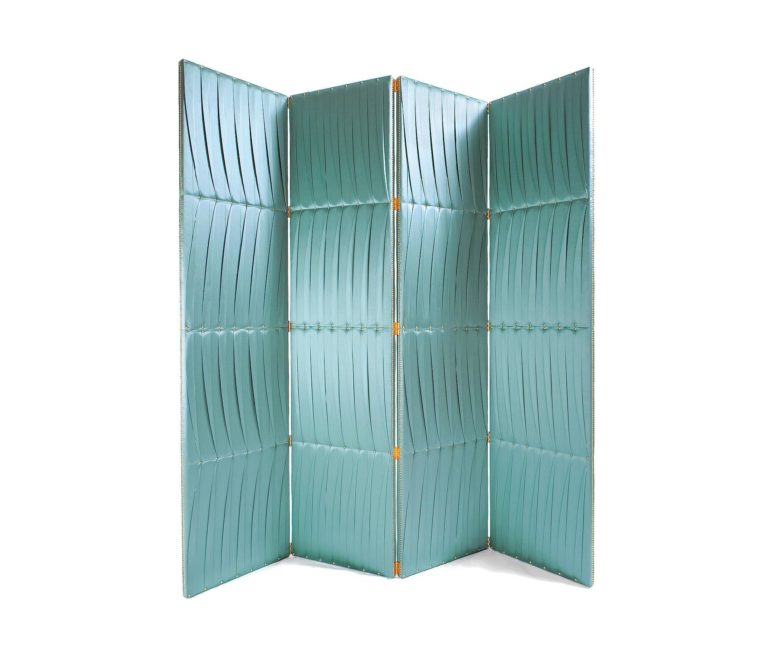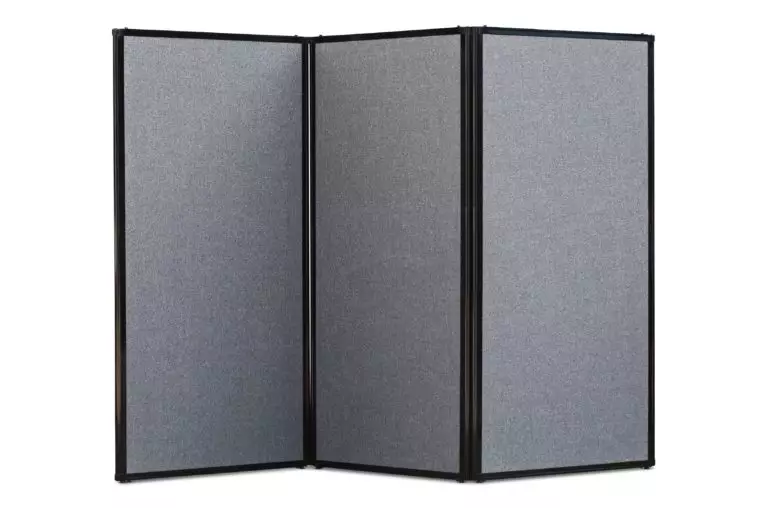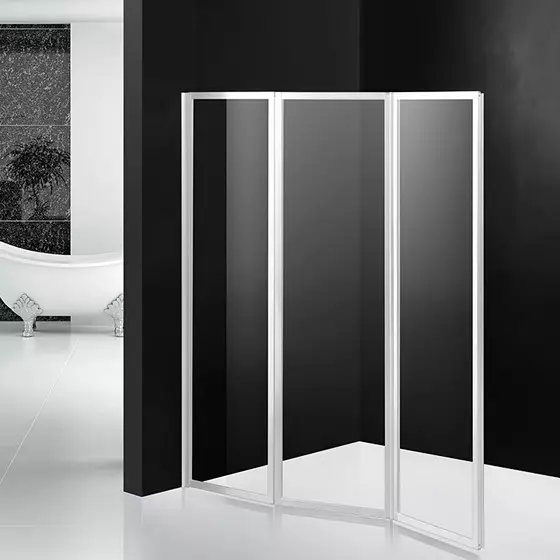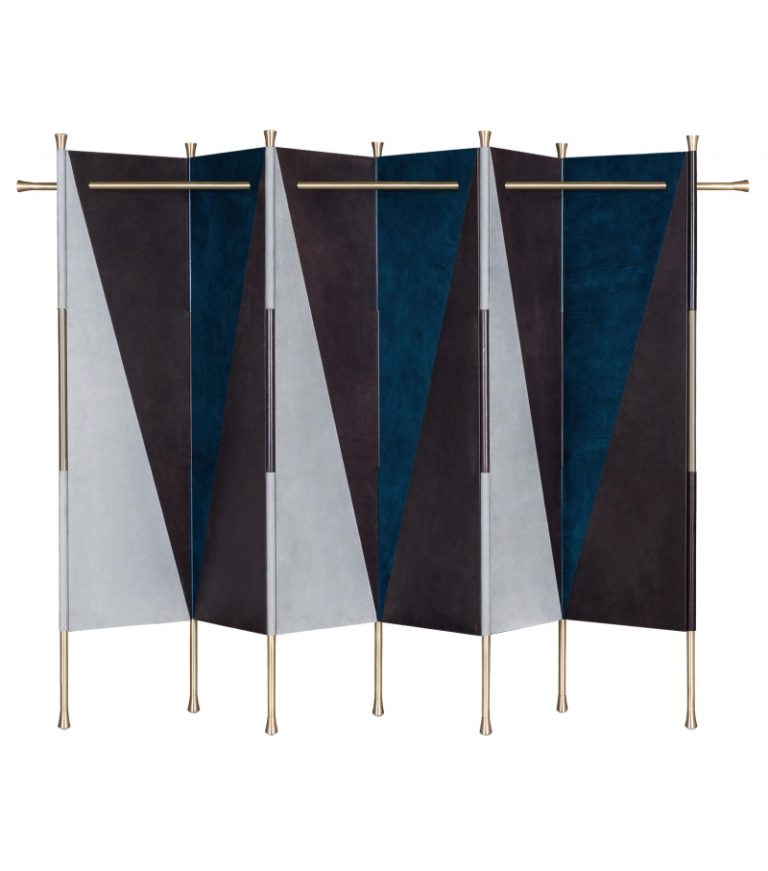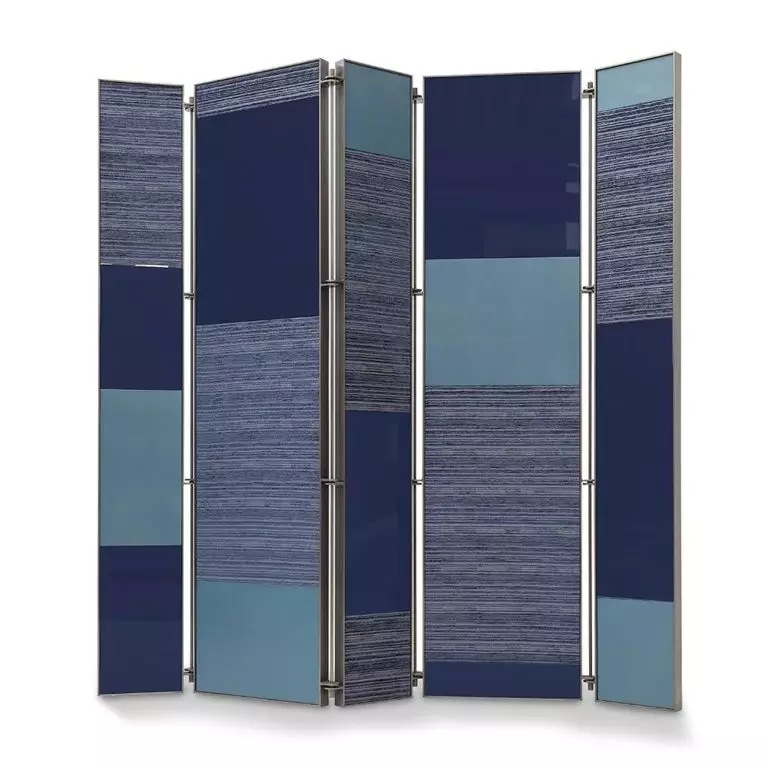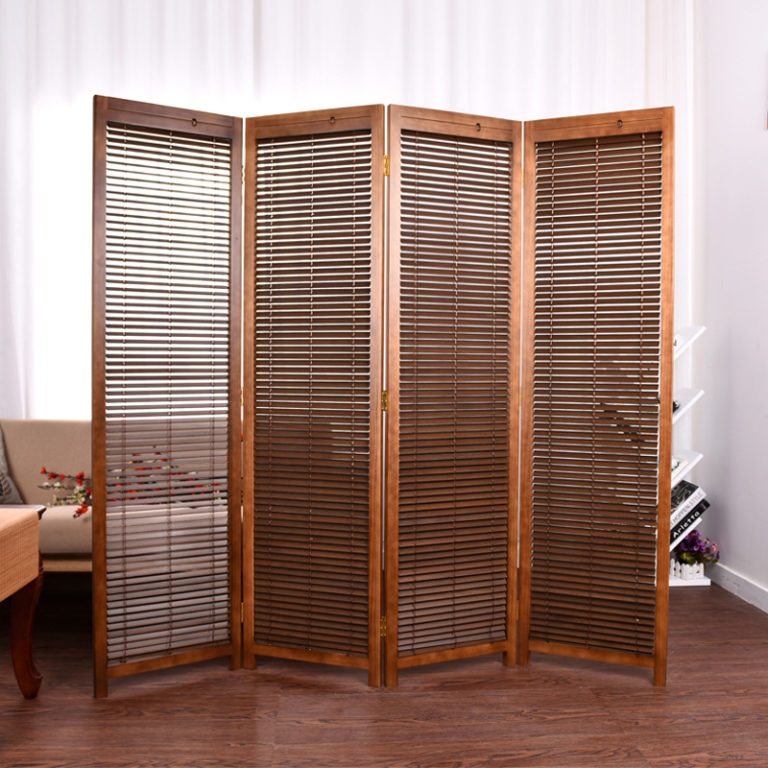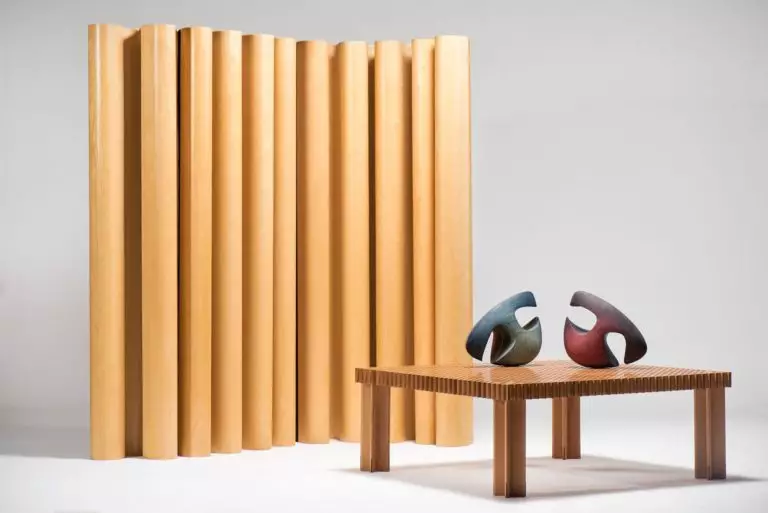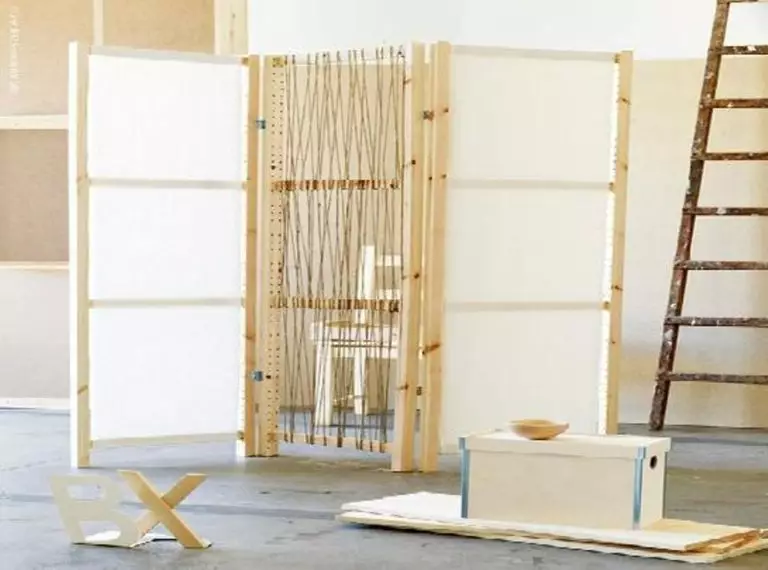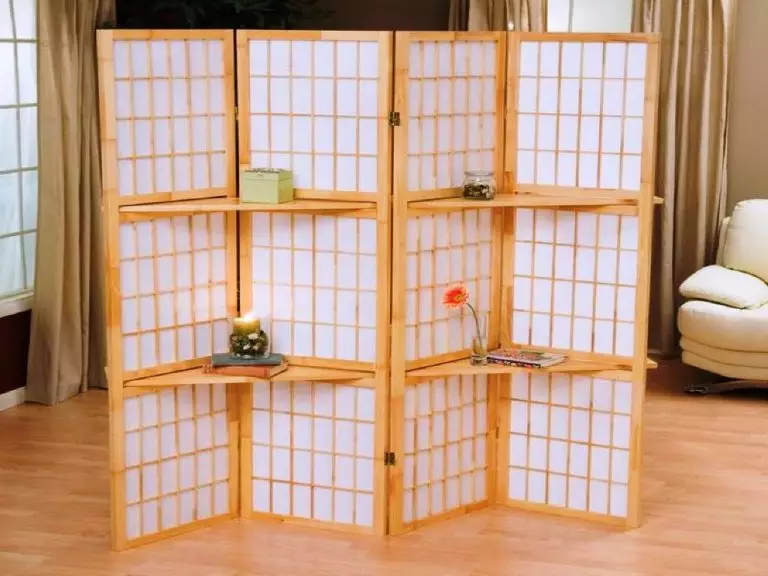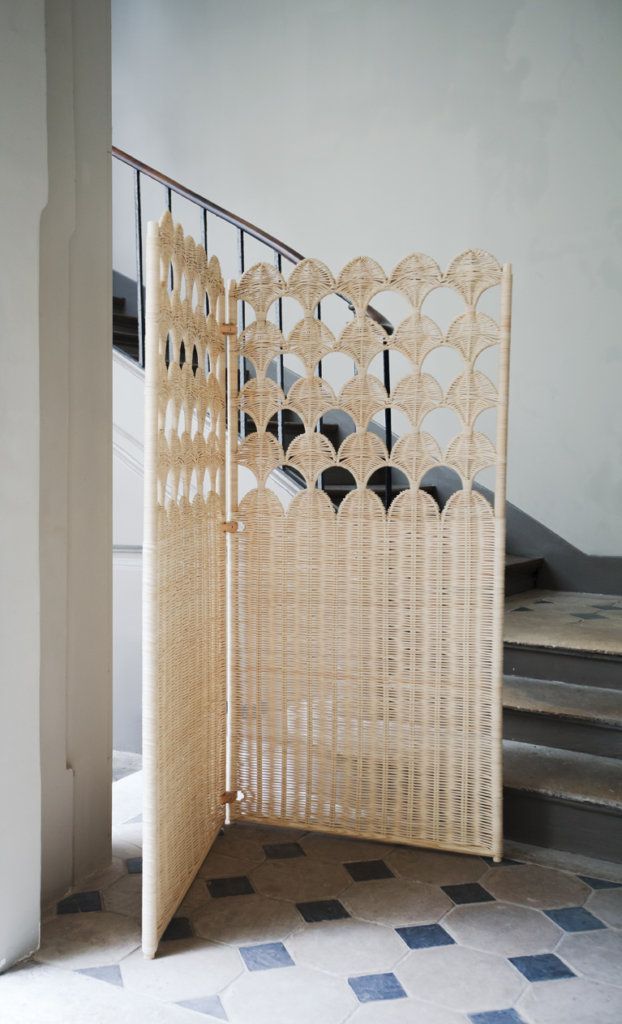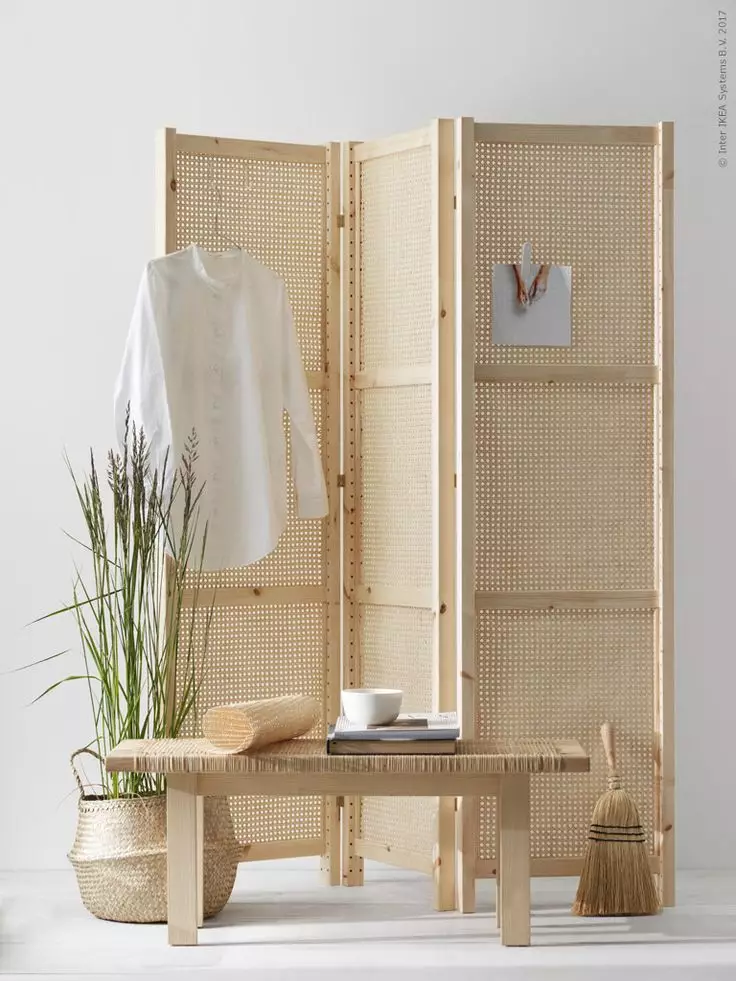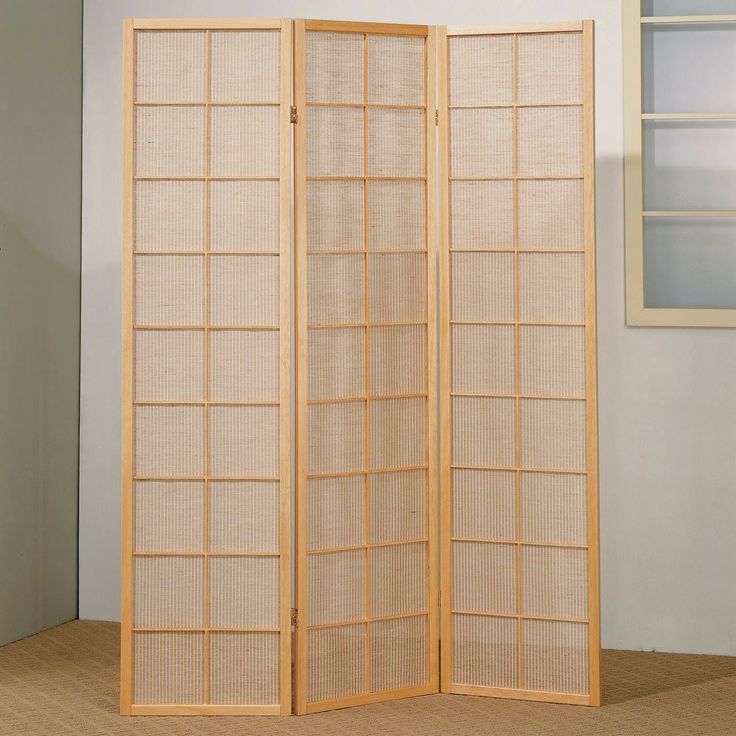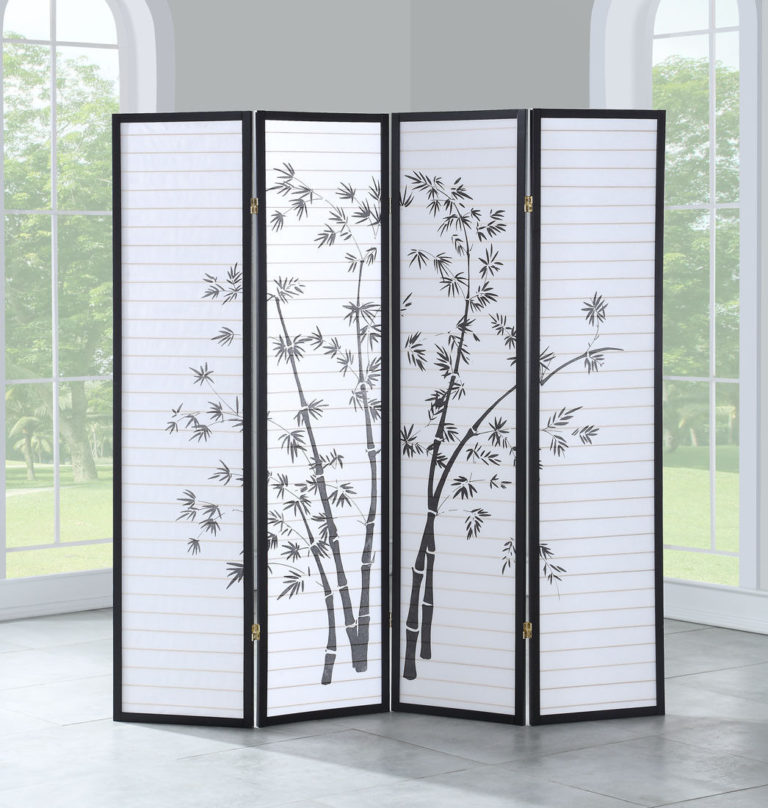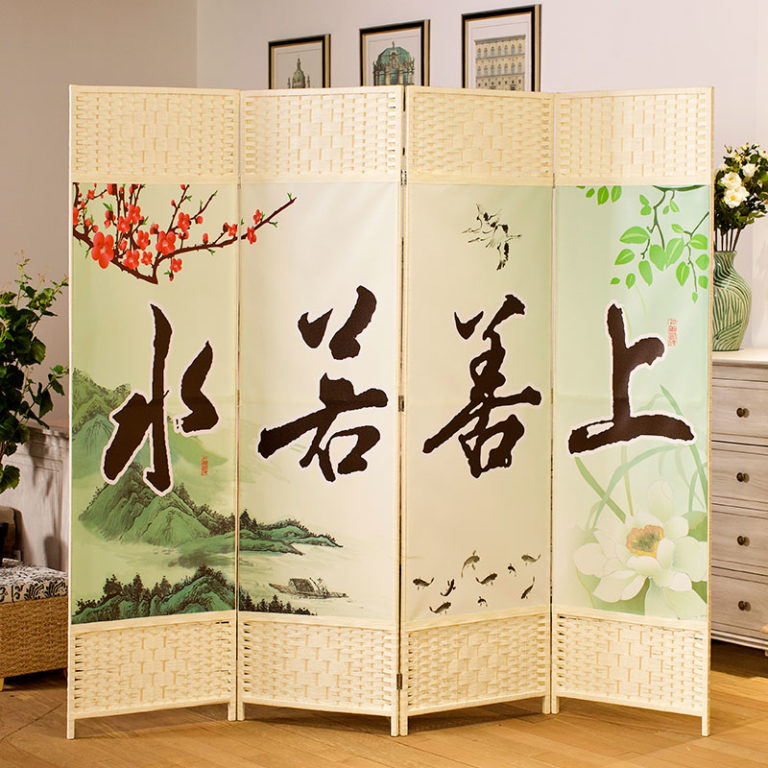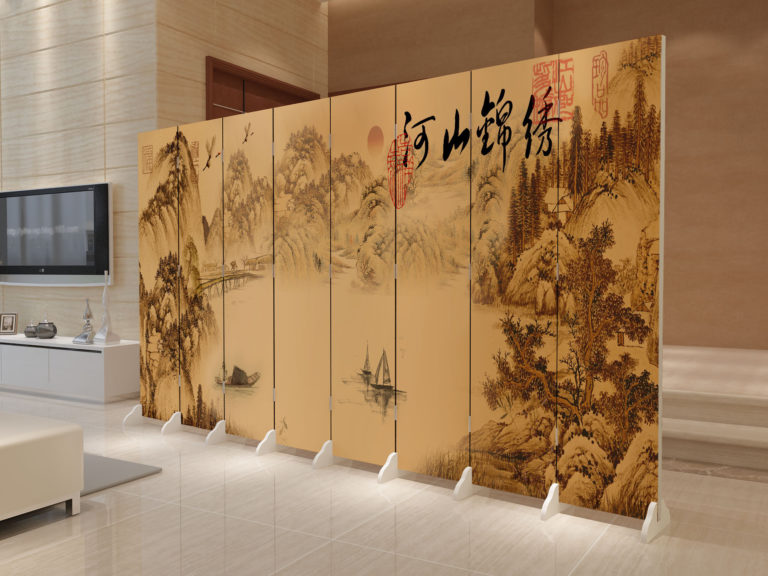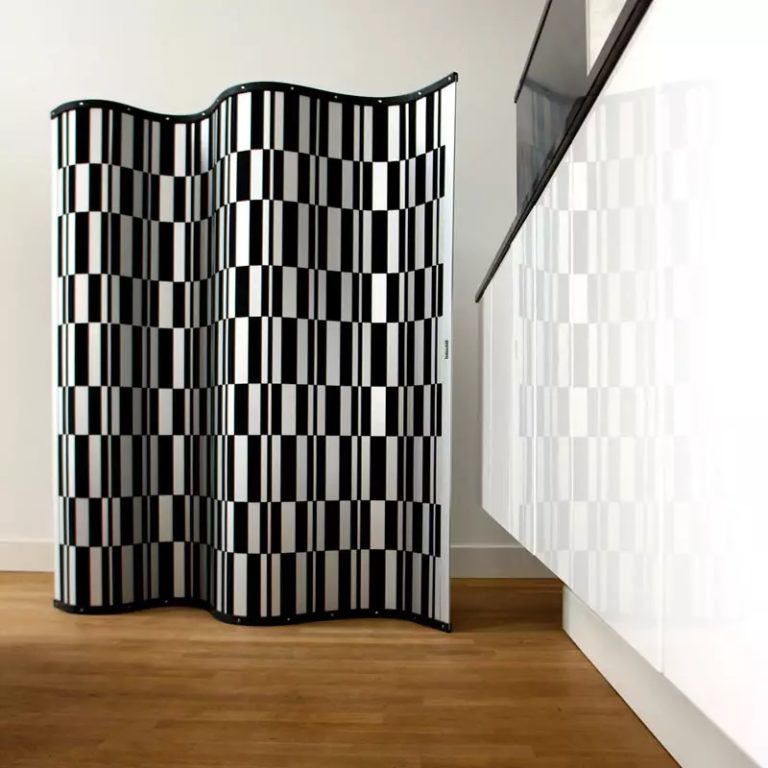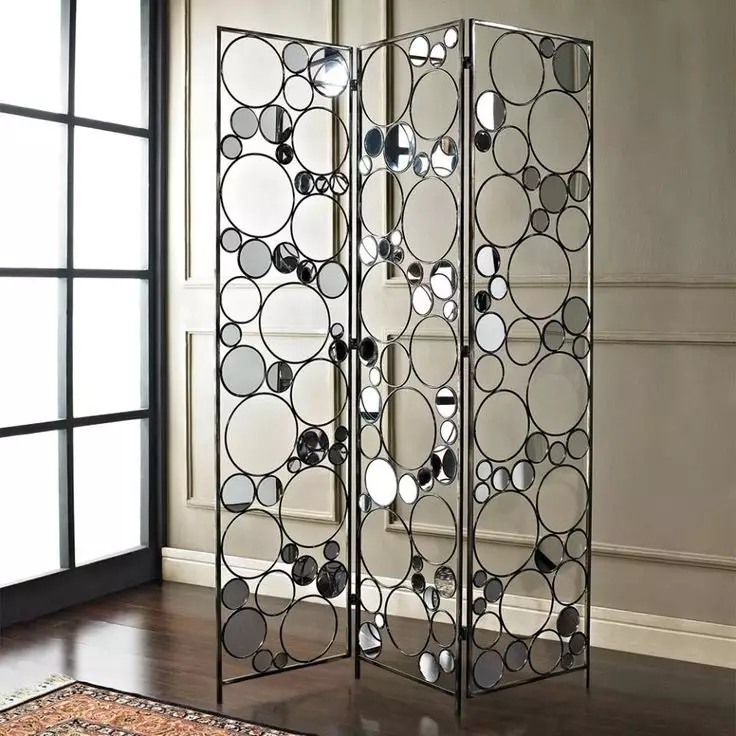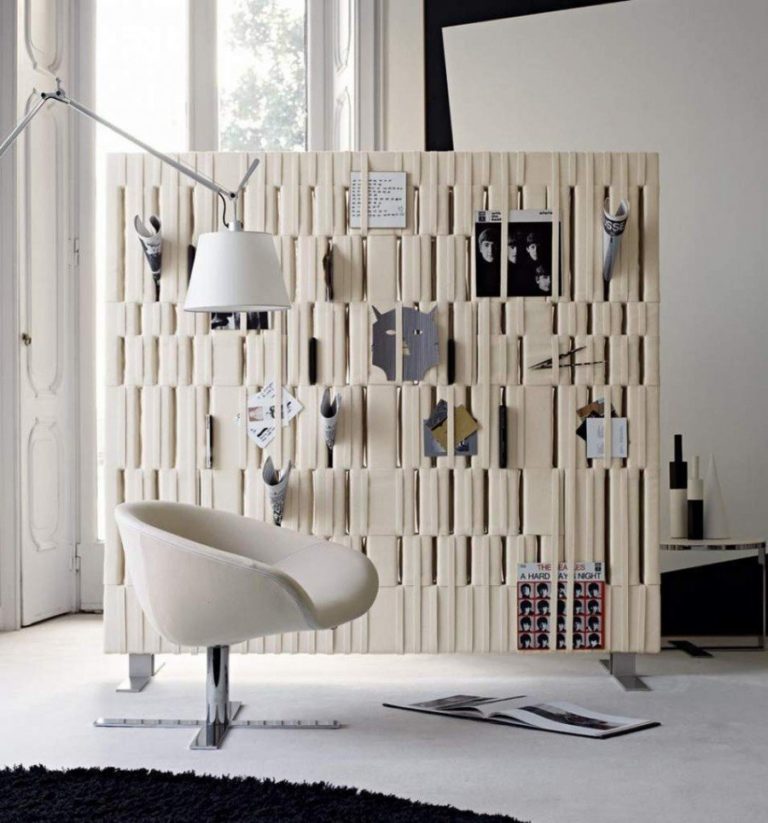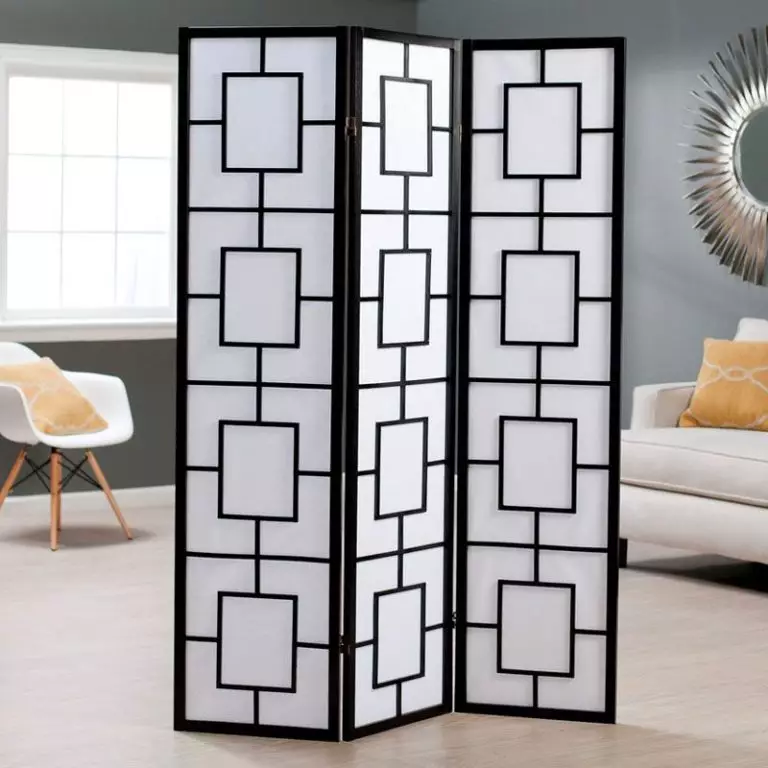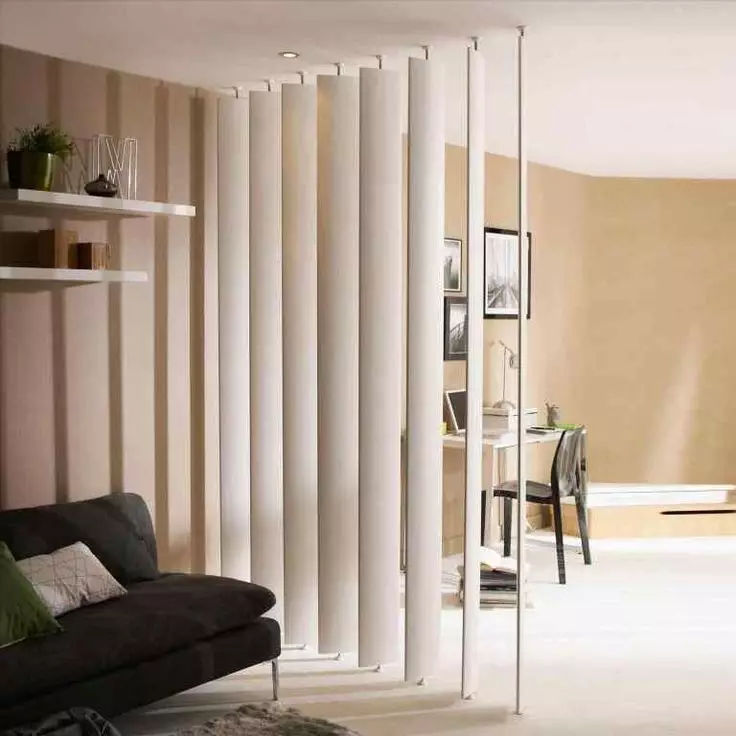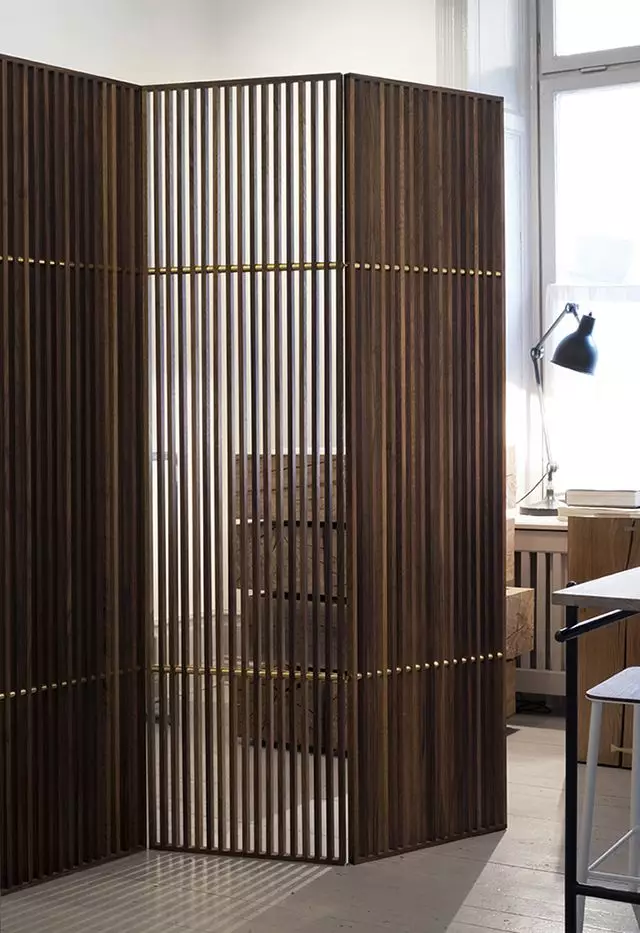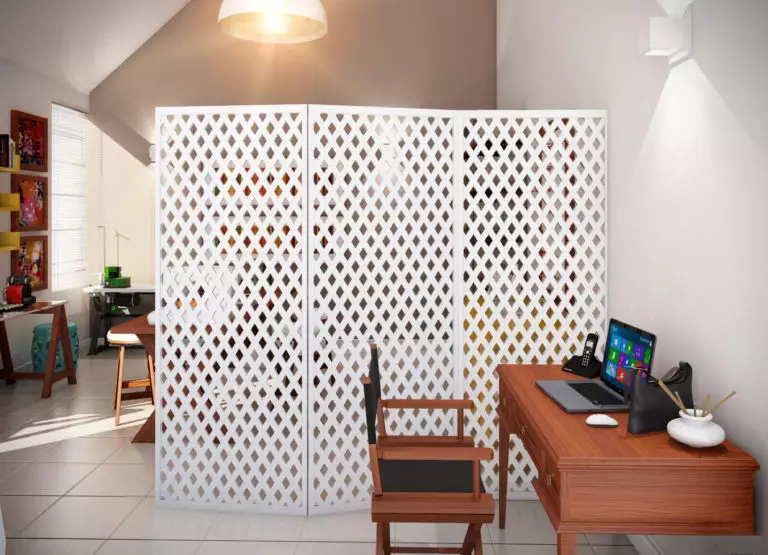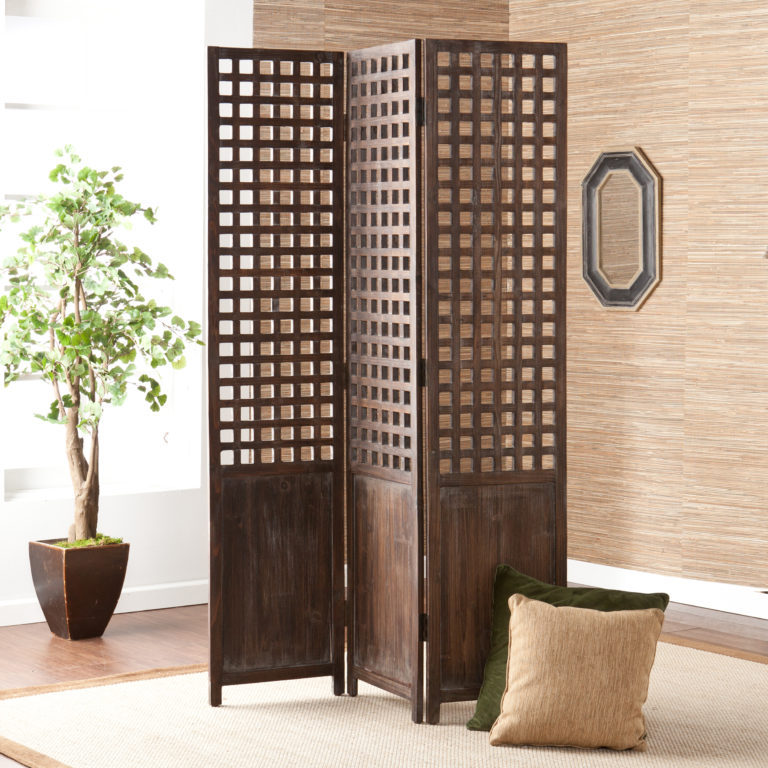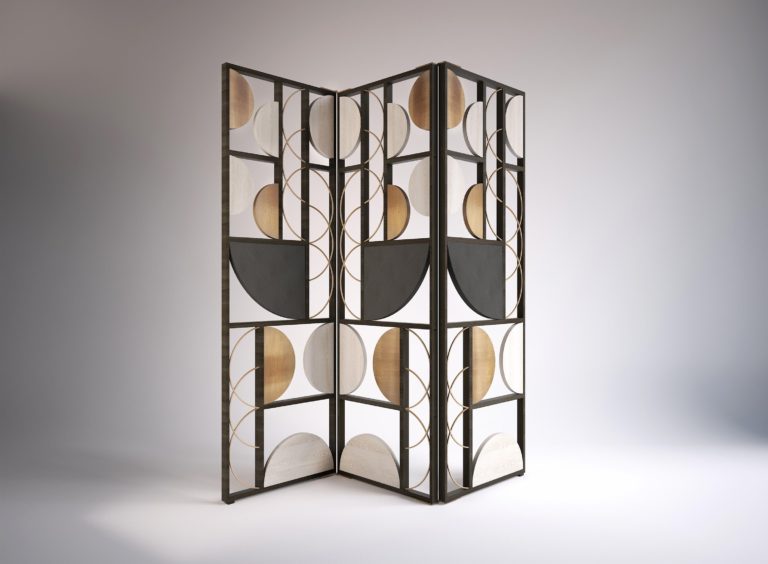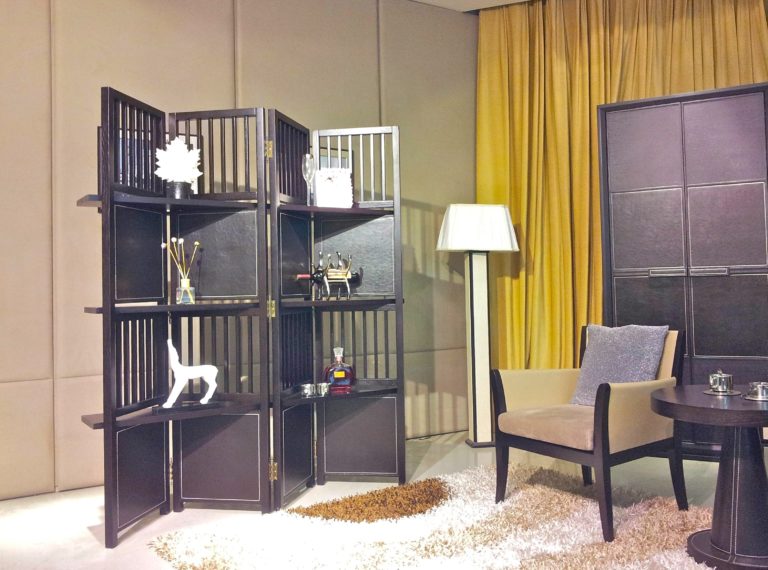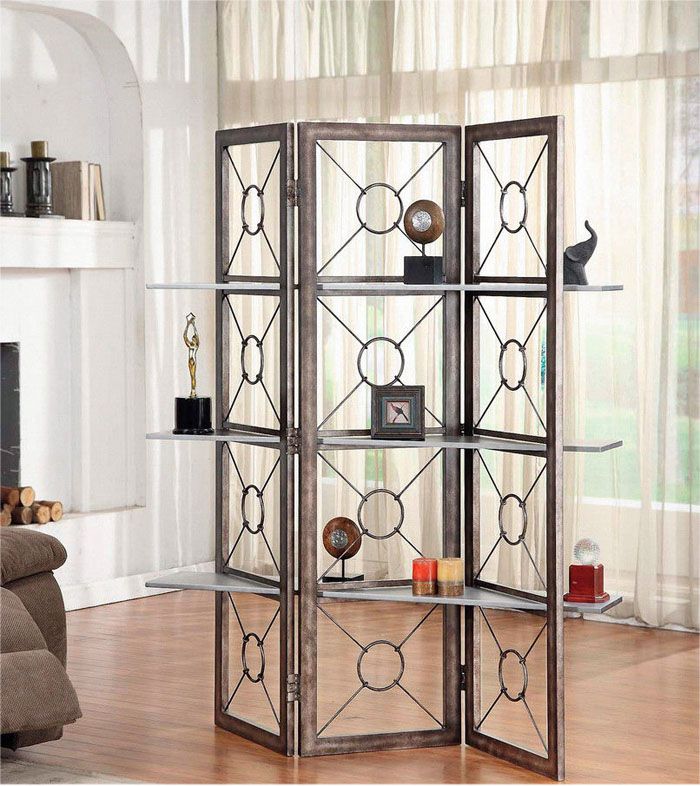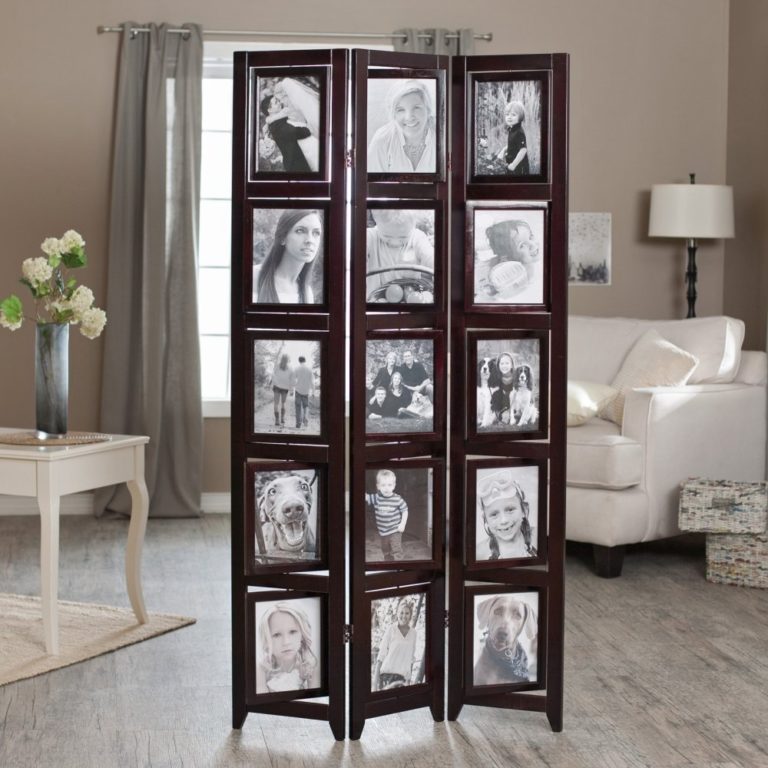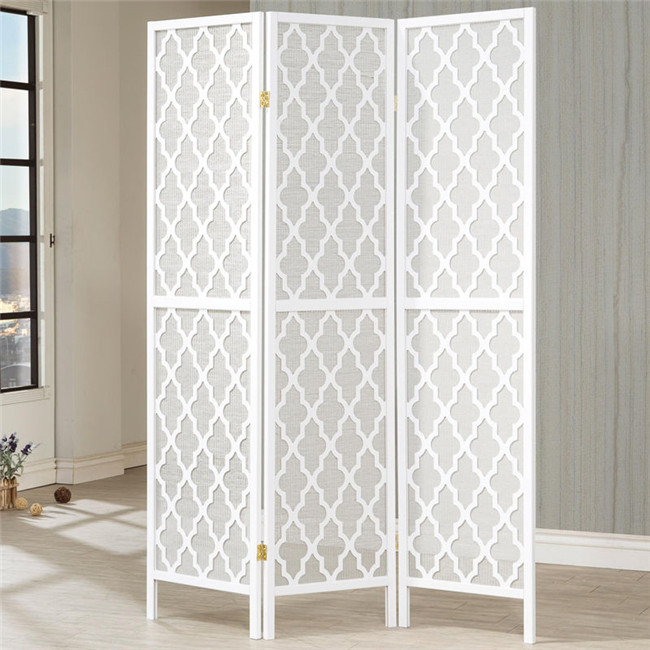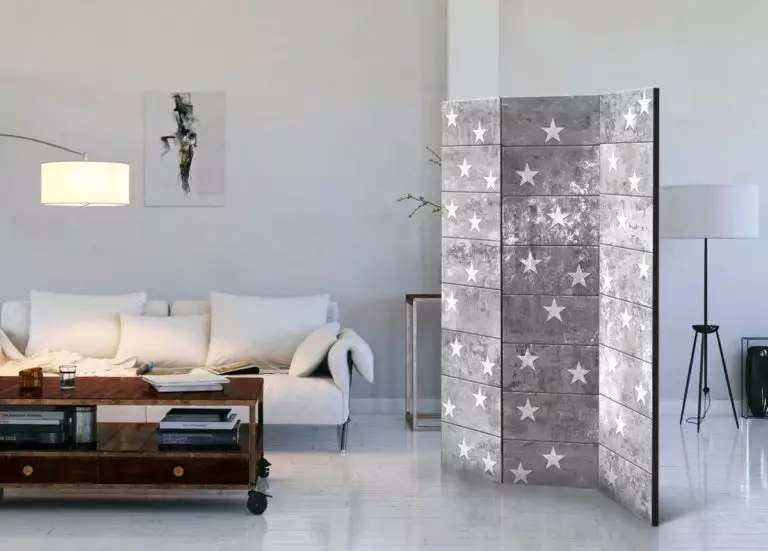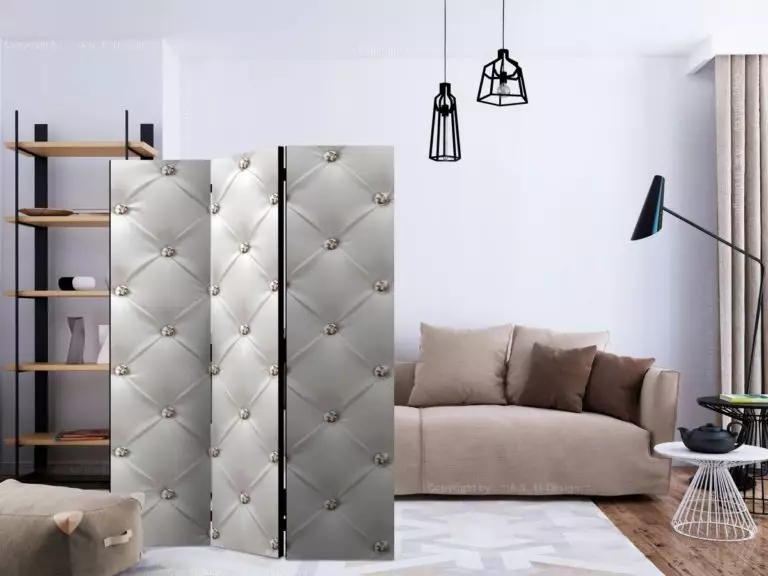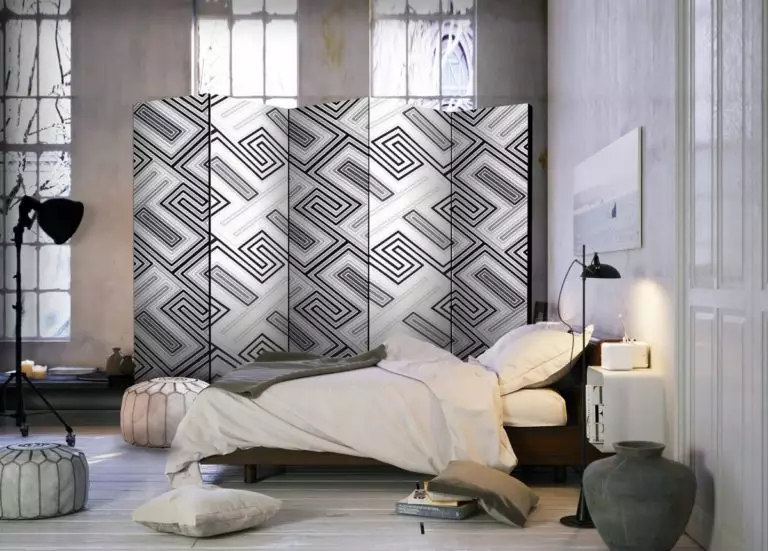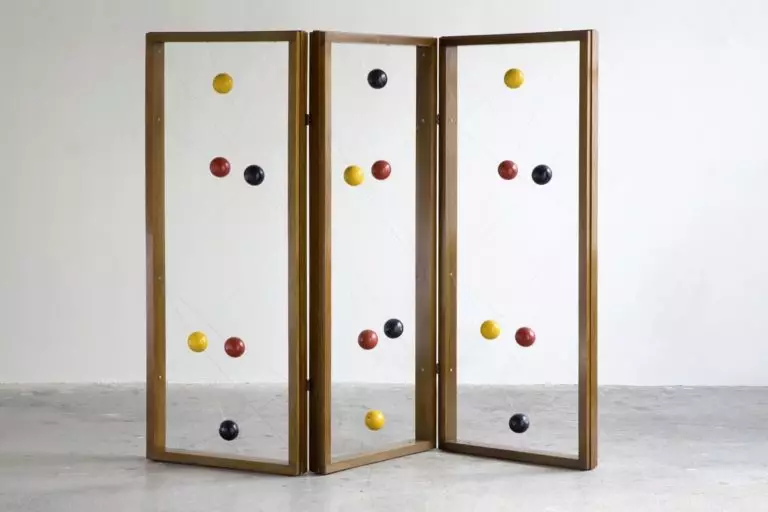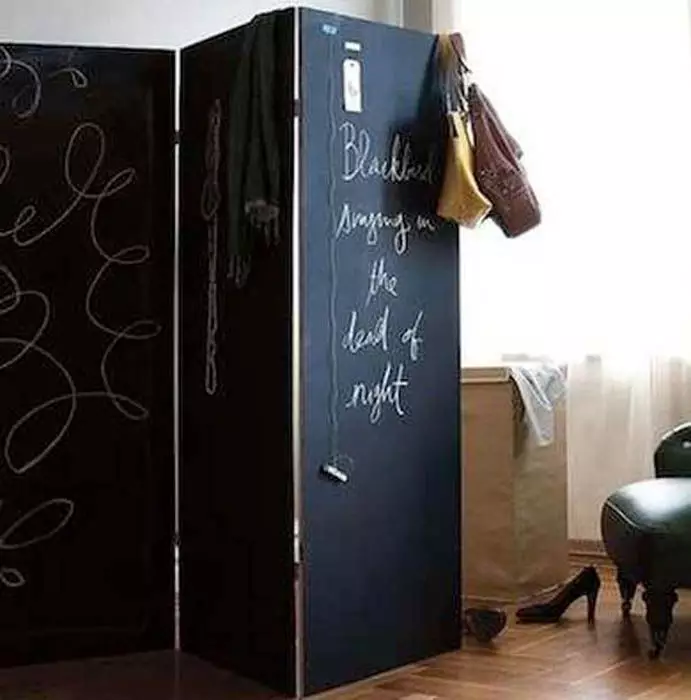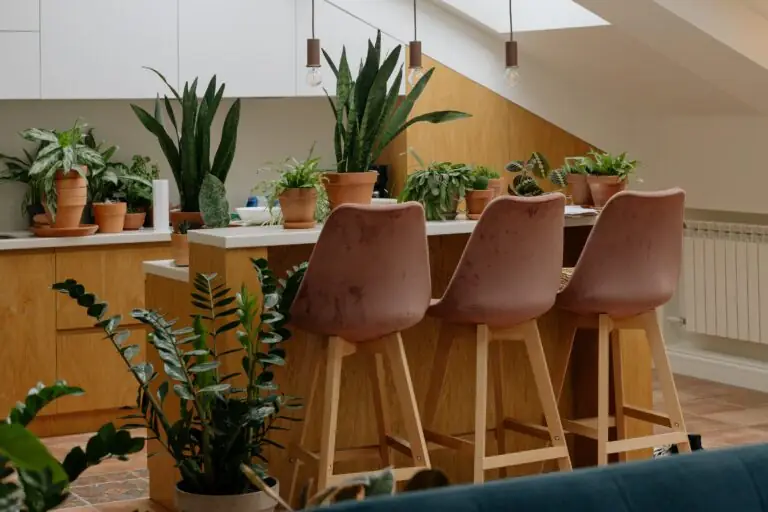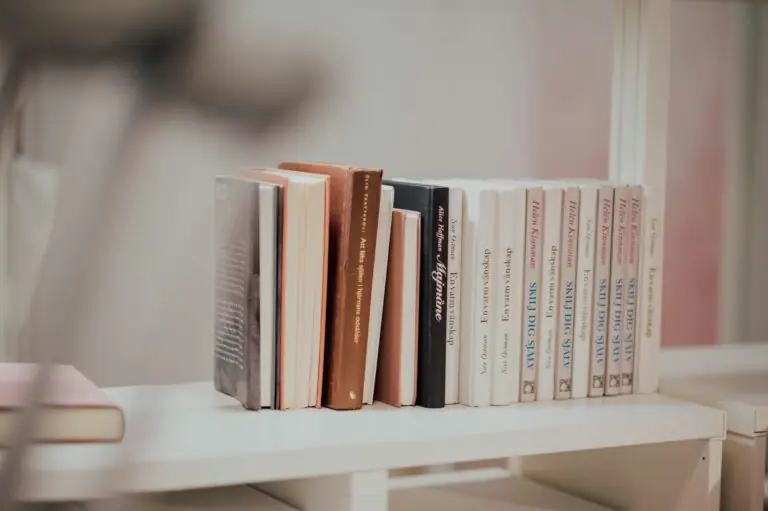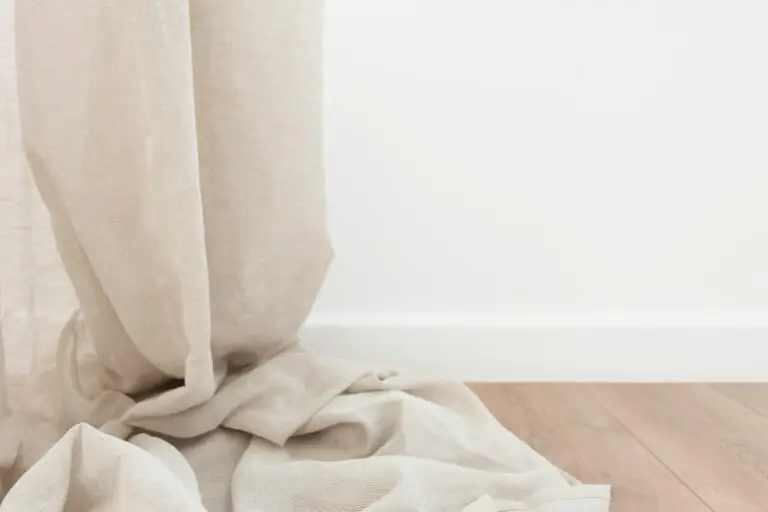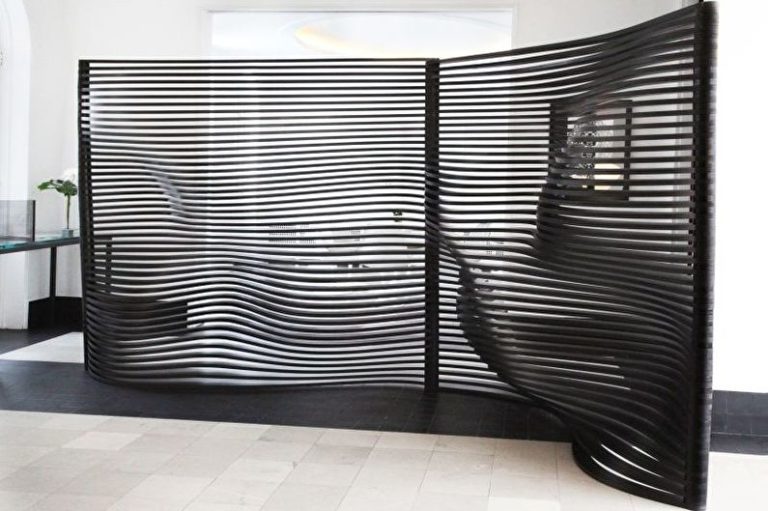
Partition screens have been successfully used in the interior of more than XIV centuries. They were first used in China, a little later in Japan. This was not only an attribute of the small cottages, but they were also well installed in wealthy houses. Folding screens came to Europe in the 17th century and served only as decoration of rich interiors, and only in the last century, they began to be used to delimit the area in small apartments. A screen partition for a room is an excellent way of zoning space; in addition, it gives a certain shade of the past to the interior. The essential advantage is that it is easy to make it yourself and decorate following the general design.
A folding screen is an excellent element of decor that serves as a multifunctional piece of furniture. It has exceptional aesthetic qualities, due to which it serves as an original decoration of the interior, emphasizing the style and elegance of design. In this article, we will consider what folding screens are in trend, their methods of application in different rooms, and style differences.
What is a screen partition
An essential feature of the folding screen design is its mobility. If necessary, you can fence off a section of the room in a matter of seconds, while the holistic perception of the interior will not be disturbed. It does not take up much space; in a short time, a small area is filled with a feeling of solitude. The sectional version is perfect for small rooms. If necessary, it quickly unfolds, separating the bed from the total area. The next morning it can be folded and put away on the balcony and does not take up much space.
The model is selected for any style of decoration. With its help, you can visually change the space. For example, if you decorate it with mirror paintings and install it near the window, natural light, when reflected, will fill the room with volume while creating a feeling of lightness and airiness. Partition screens are often used for zoning large rooms, dividing the space into several closed areas. In such models, a standard mount is used. A decorative screen does not require special cash costs, while its installation will be quite impressive.
Features of the folding screen
Structurally, a screen is one or more partitions interconnected by movable mechanisms. Each of them consists of a frame and a dense or translucent filler. This comfortable element of the decor came to modern interiors from China, where it was made from fabric, and firmly established itself, changing its shapes and materials. In eastern countries, screens were used to scare away evil spirits, so they were installed most often at the entrance to the house. Current trends are prone to practicality, so today screens play a big role in zoning space. The following advantages of installing a screen can be distinguished:
Folding screens also have their disadvantages. They can only partially fence off space at a visual level, without providing sound insulation.
How to use a folding screen in different rooms
The screens’ compactness allows them to be installed in rooms of all sizes and functional accessories, from the bathroom to the spacious living room. Barriers are especially relevant in modern interiors, where interior partitions are practically absent, and preference is given to open bright space.
Since the folding screen is a rather significant interior item, it should correspond to the general concept of style, harmoniously fit into the situation, even being its accent spot.
Traditional forms and expensive materials characterize the classical style so that the screen can be made of wood, elegant forged structures. Carved elements, unusual ornaments are also welcome. Especially a rich look is given with leather inserts, gilding, emphasizing the sophistication of the interior.
Japanese-style folding screens are made from natural materials, most often from fabrics or stylized rice paper. In ancient times, painting on screens in Japan was considered a real work of art, which is reflected in our days. Of course, you will not find handmade work on sale anymore. Modern technologies allow you to apply no less sophisticated images, such as a blossoming sakura branch, hieroglyphs, symbols, etc.
Modern minimalism is likely to open space, the absence of inter-wall partitions, so here the folding screen plays a special role as an object that performs zoning. The screen’s design does not imply bright decoration – it can be made of glass, a mirror, and clear shapes, but at the same time look no less elegant, making the room cozy and comfortable.
The combination of French sophistication and rustic simplicity is inherent in Provence interiors. Here folding screens from natural wood, even slightly faded tones with aging elements (scuffs, cracks), will look good. Textile with fine floral motifs typical of the Provence style is also welcome.
The exact opposite is the loft-style interior. Here, industrial objects of the interior are maximally put on display: exposed brick, concrete walls, open communications, industrial lamps, so you should choose a more massive folding screen made of metal and wood with a sharp finish. Since the decor is often performed by abstract paintings, black-and-white photographs, and posters, the partition can well support such an idea, containing on its canvases images of ancient European streets, road signs, inscriptions.
The folding screen in the living room
To place a folding screen in the living room requires the most upright approach. This room requires full compliance of furnishings with the interior design, its color scheme, style. As a rule, it serves for visual separation of the cooking zone in studio apartments, sleeping areas (in one-room apartments), an office, or a loggia.
The folding screen in the bedroom
In the bedroom, a folding screen can play the role of a partition separating the bed from the place for changing clothes, and also serve as a worthy decoration of the interior. In any case, it is better to purchase a design that will allow you to hang clothes, for example, a screen with clasps, hangers.
The folding screen in the children’s room
In the children’s room, folding screens are installed to distinguish the play area from the bedroom, although the young fashionista may like to feel like a real lady, dressing in a separated dressing space.
Also, the screen will become real salvation if two children live in the room. In a nursery with a newborn, you can install a screen near the changing table – this arrangement will protect the child from possible drafts. It is better to choose a model with different pockets where various care products will fit.
The design of the screen is selected according to age – the smallest ones will surely like the bright designs with cartoon characters, and adolescents can choose a more stylish model with shelves and other functional elements.
The folding screen in the kitchen
For the kitchen, it is better to choose a screen made of moisture-resistant material, such as plastic, glass. A screen looks beautifully matched to the color of the walls or furniture set. A screen is installed to draw a line between the cooking and dining areas. This method of zoning is used in large rooms, as well as combined kitchens-living rooms.
The folding screen in the bathroom
In the bathrooms, folding screens can often be found where the rooms are large, and the protective structures are simply necessary, mainly if the bathroom bathtub is located in the center. You can find small glass single-wing screens in a small bathroom. Its main purpose is to protect against moisture on the floor surface.
Types and models of folding screens
When choosing a screen, it is necessary to pay special attention to its design, since, as we have already said, the lineup of screens is quite large. Consider in detail the most popular types.
Single partition screen
Single-partition screens cannot fold, but they perfectly mimic small walls, enclosing functional areas. They can often be found in spacious offices as job delimiters or cafes space.
Multi-partition folding screen
Folding screens with multiple partitions can be found much more often. They are also called accordions, as they consist of several canvases connected by joints. Standard models have from two to four frames, but if the room is quite large, you can make a more extended construction on request.
Flexible folding screen
Flexible screens are especially original. This production technology gives the screen particular advantages: the ability to take bizarre shapes, emphasizing the sophistication of the interior, and ease of assembly – the item simply folds into a roll.
Hanging folding screen
Such models are canvases, often made of fabric, which are attached to the ceiling surface. They perfectly cope with a zoning of space and are used both in bedrooms, giving coziness to a place for relaxation, and living rooms.
Multifunctional folding screen
Today’s fashion for practical, functional interiors is reflected in the design of screens for the room. In particular, you can find models provided with hooks for clothes and pockets for various trifles and shelves. Choosing such a screen, special attention should be paid to the degree of its stability.
Materials for the manufacture
Now can be found on sale room folding screens made of various materials, such as wood, metal, plastic, glass, etc. When choosing, it is vital to take into account the specifics of the room, its microclimatic conditions, as well as style and color. Designs can be made entirely of one material or include combinations, for example, a metal frame with a glass insert, a plastic base with fabric, etc. Thanks to such duets, you can choose the product that is most suitable for quality and price. In the production of a folding screen, materials such as:
Wood – was initially used for the manufacture of folding screens. The material is environmentally friendly, high aesthetic indicators, malleable in processing, which allows you to give designs with various figured refinements. The wood does not tolerate moisture and requires additional processing. Wicker rattan items look especially beautiful;
Metal – acts as a frame base containing inserts from other materials (wood, glass panels, etc.). A metal screen can consist of openwork steel weaves, but only as a stationary option since it is heavy enough to be moved;
Glass and mirror – have a special grace, giving the room a sense of spaciousness and light. Glass constructions are made of heavy-duty glass. They can be translucent, have a decorative pattern, stained-glass windows and are suitable for the conditions of any premises;
Textiles and leather – materials create a special coziness in the interior. They are light in weight, and it’s easy to wash them, so they are often installed in nurseries;
Plastic is the most cheaper. It is not as durable as wood or metal, but it is simple to the effects of external factors: it easily tolerates moisture, temperature changes, etc.
How to make a screen for a room with your own hands: the main steps
There are a lot of options for manufacturing folding screens:
For the manufacture of do-it-yourself partition walls for the room, you do not need expensive tools or special skills; it is enough to be able to hold a hammer in your hands and screw the pins.
Necessary tools and materials
Before making a folding screen from wood, which consists of 3 sections, you need to prepare the following materials and tools:
Features of the style DIY Japanese folding screen
The interior in the Japanese style is particular, it has a lot of philosophy, riddles with simultaneous ease and grace. Making a screen on your own is easy. You can create a frame or screen of wooden bars partition with inserts of textiles or special paper. Moreover, it can be simple, moisture resistant, and laminated.
The dimensions of the partition should be compared with the area of the room and in harmony with the rest of the interior. On a Japanese-style folding screen, you need to fasten a piece of fabric with a stapler or stick a paper sheet. You can additionally decorate the structure with thin rails, and for more excellent stability, make a partition on the legs.
Conclusion + Photo gallery
Using the partition screen, you can update the interior quickly with small investments; it will bring additional notes of sophistication and comfort. It should be selected based on the general design concept. A wide variety of models allows you to choose them depending on the destination easily. Complex, at first glance, the design is quite simple to perform, if you want, you can try to make a screen with your own hands from improvised materials, while you do not need to be afraid to show your creativity.
